SYDNEY
First stop on our 18 days tour of Australia, we loved everything about Sydney: from the friendly people, to the beautiful beaches, the great food and the excellent coffee.
Australia has been on our bucket list for a long time. However, being so remote even from most of Asia, we wanted to discover the essential parts of Australia within one single 18 days trip. Sydney, where we spent four days, was our first stop followed by Cairns with its rainforest and Great Barrier Reef, Uluru and its desert sceneries and finally Melbourne and the Great Ocean Road.
We dedicated the two first days to the central part of Sydney, started off with the very satisfying classic Australian breakfast: avocado on toast with coffee, then went through the Royal Botanical Gardens watching exotic birds, and getting our first glimpse of the famous Sydney Opera House as well as the Harbour Bridge.
On the eastern part of the Sydney Opera House lies the Circular Quay, where the modern business district meets the old historical city. Ferries connect to different parts of the harbour, including Manly, Mossman and Taronga Zoo, providing a convenient way to spend an afternoon or an entire day further out of the city.
Another highlight of our stay in Sydney was the Bondi to Coogee Walk, a 6km coastal walk that runs along some of the most popular beaches in Sydney featuring stunning ocean views, rock pools, cliffs and parks.
We included the Blue Mountains as a day trip. After the first encounter with a large group of tourists at The Three Sisters view point, we headed to the Prince Henry Cliff Walk, a less frequented gentle 7km walking track that connects Echo Point to Leura Cascades with scenic lookouts along the way.
Back in Sydney, we enjoyed one last sunset next to the Harbour Bridge before flying out to Cairns the next morning.
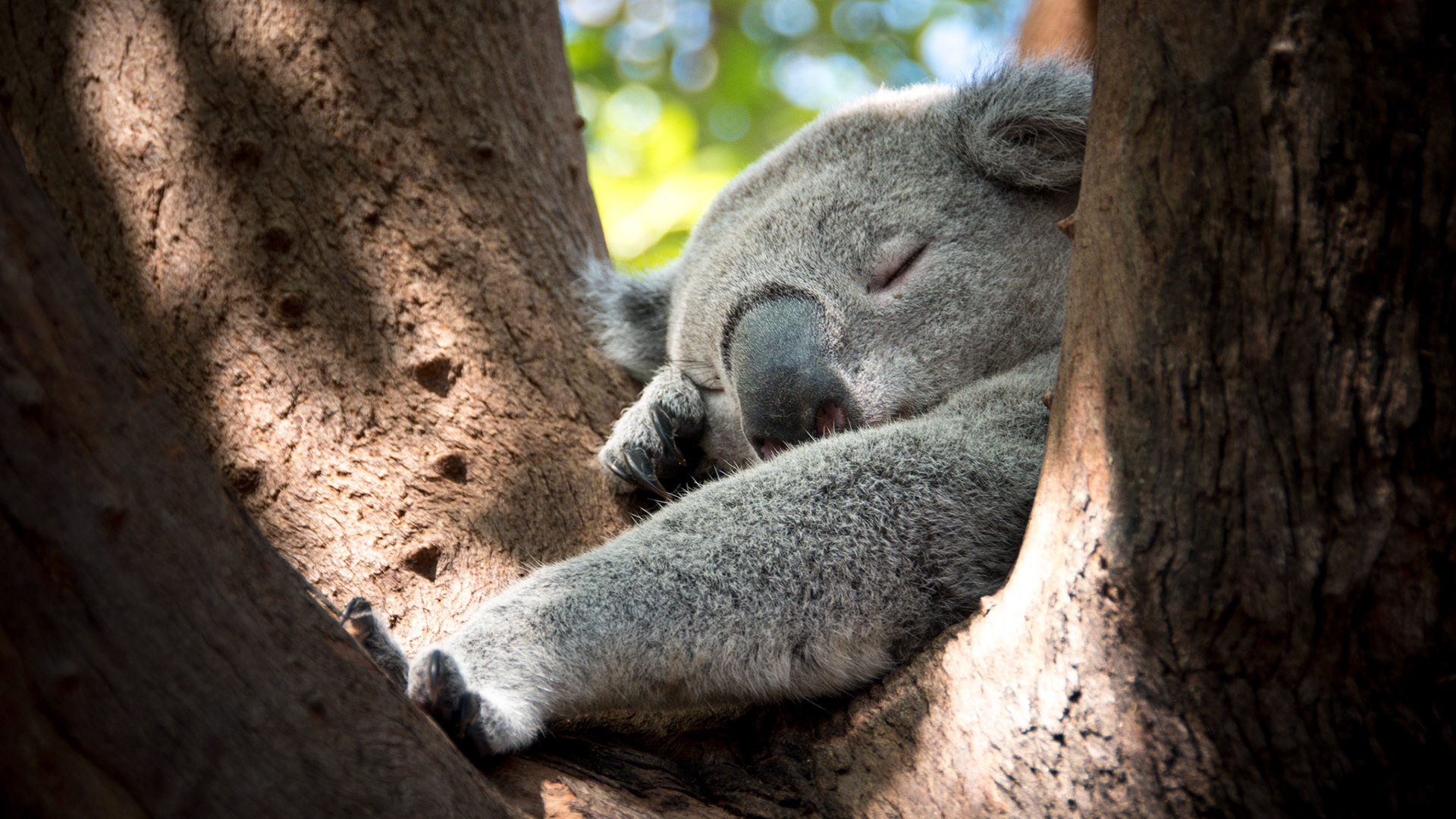
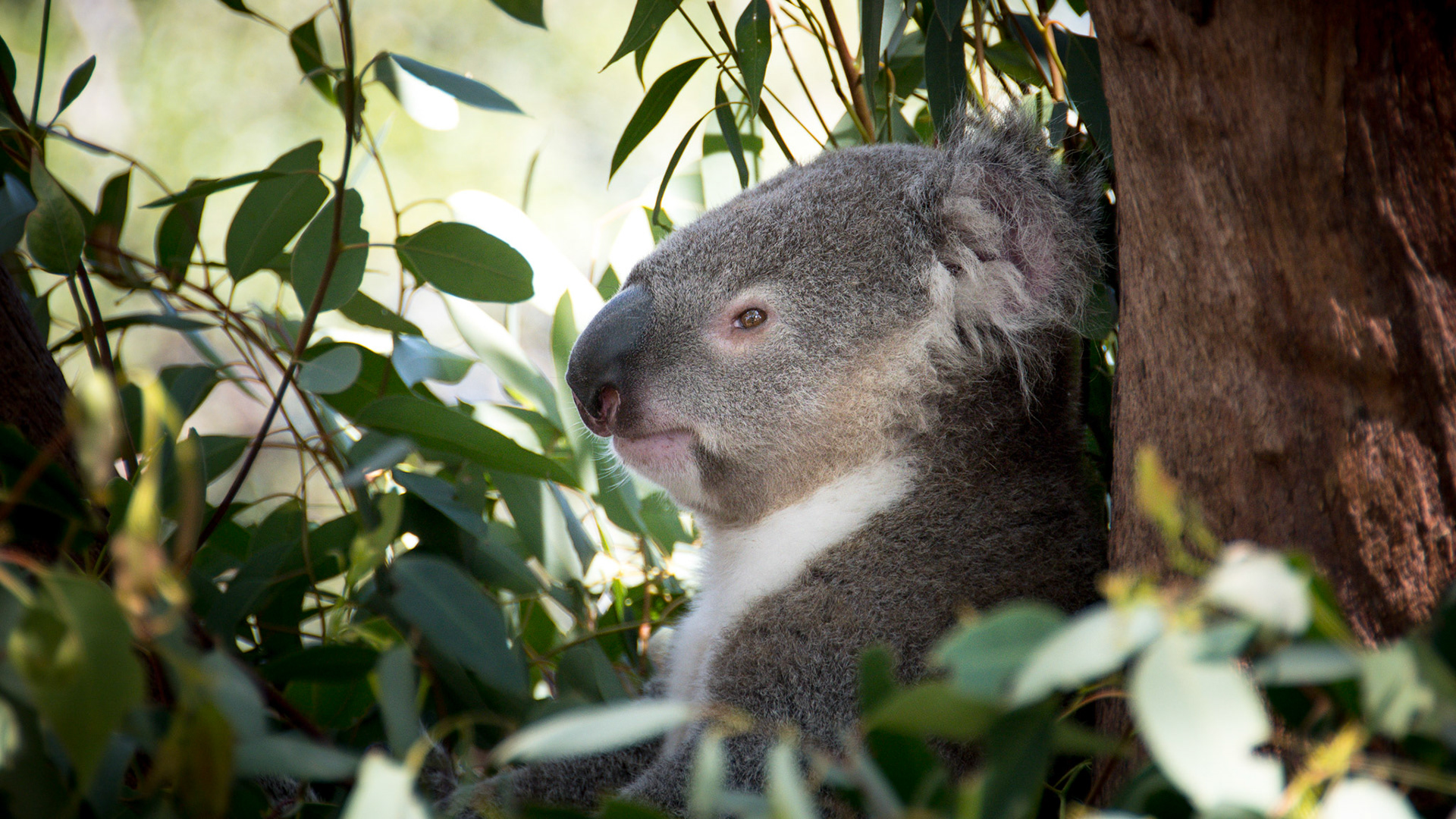
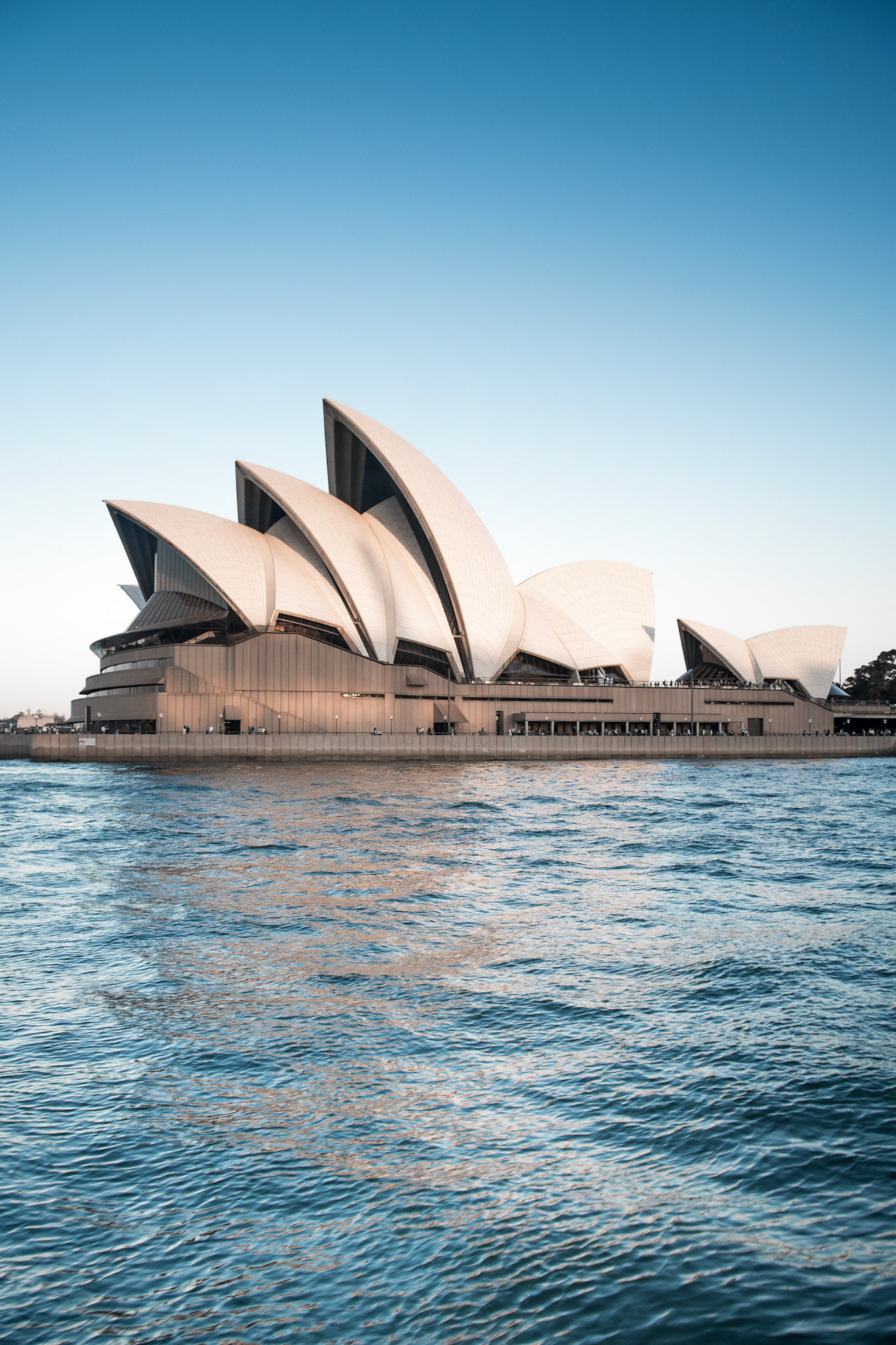
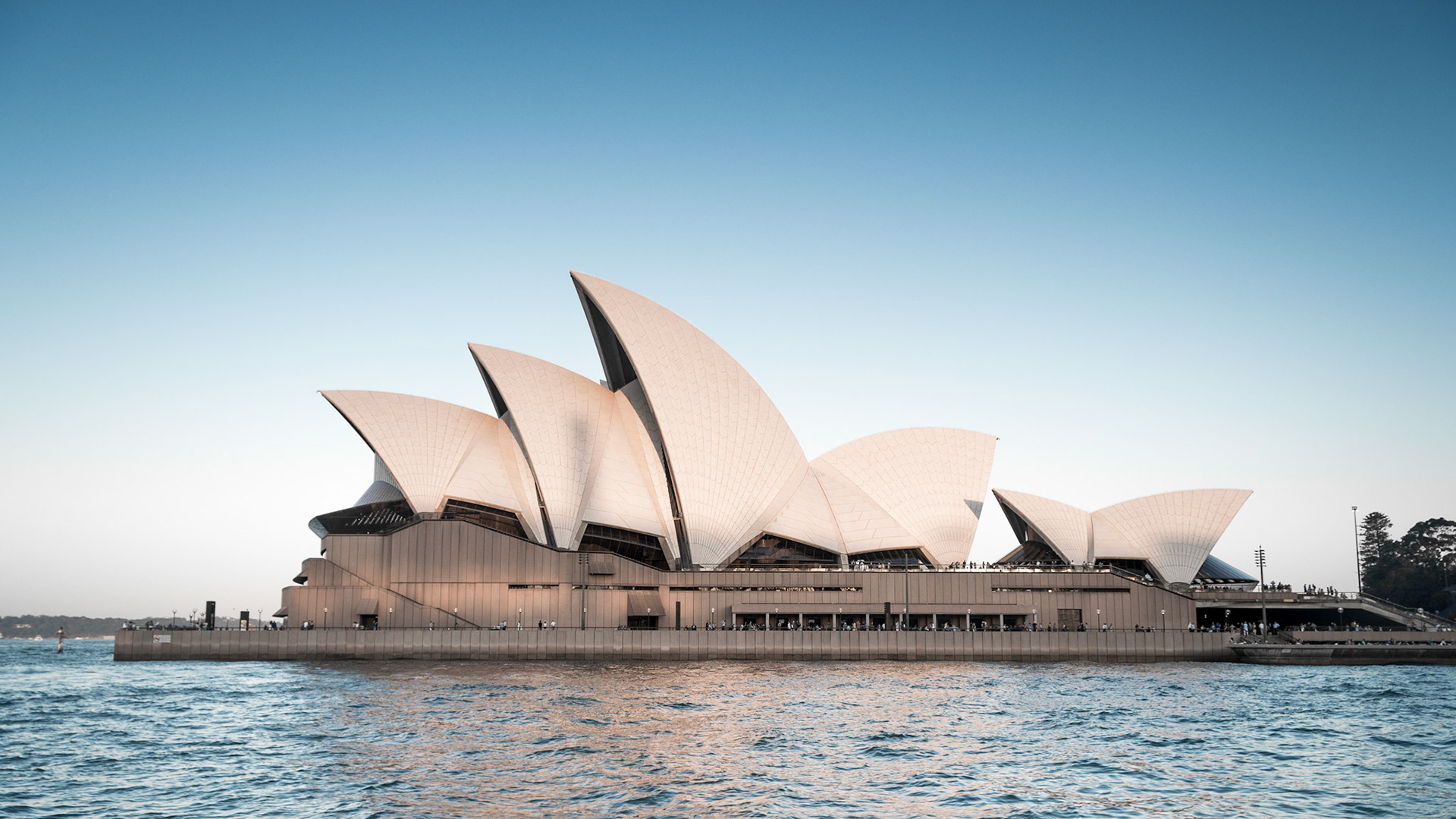
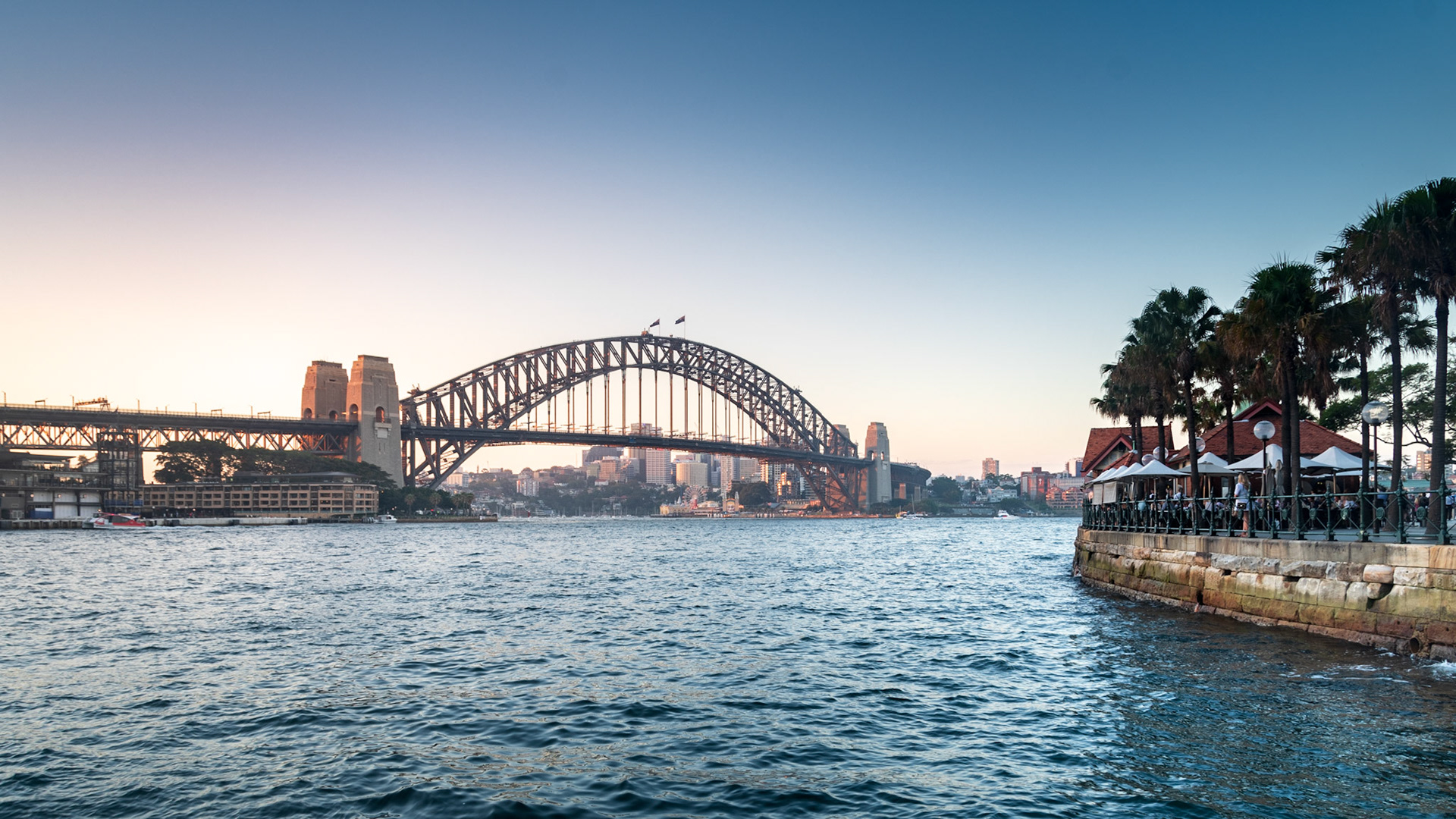
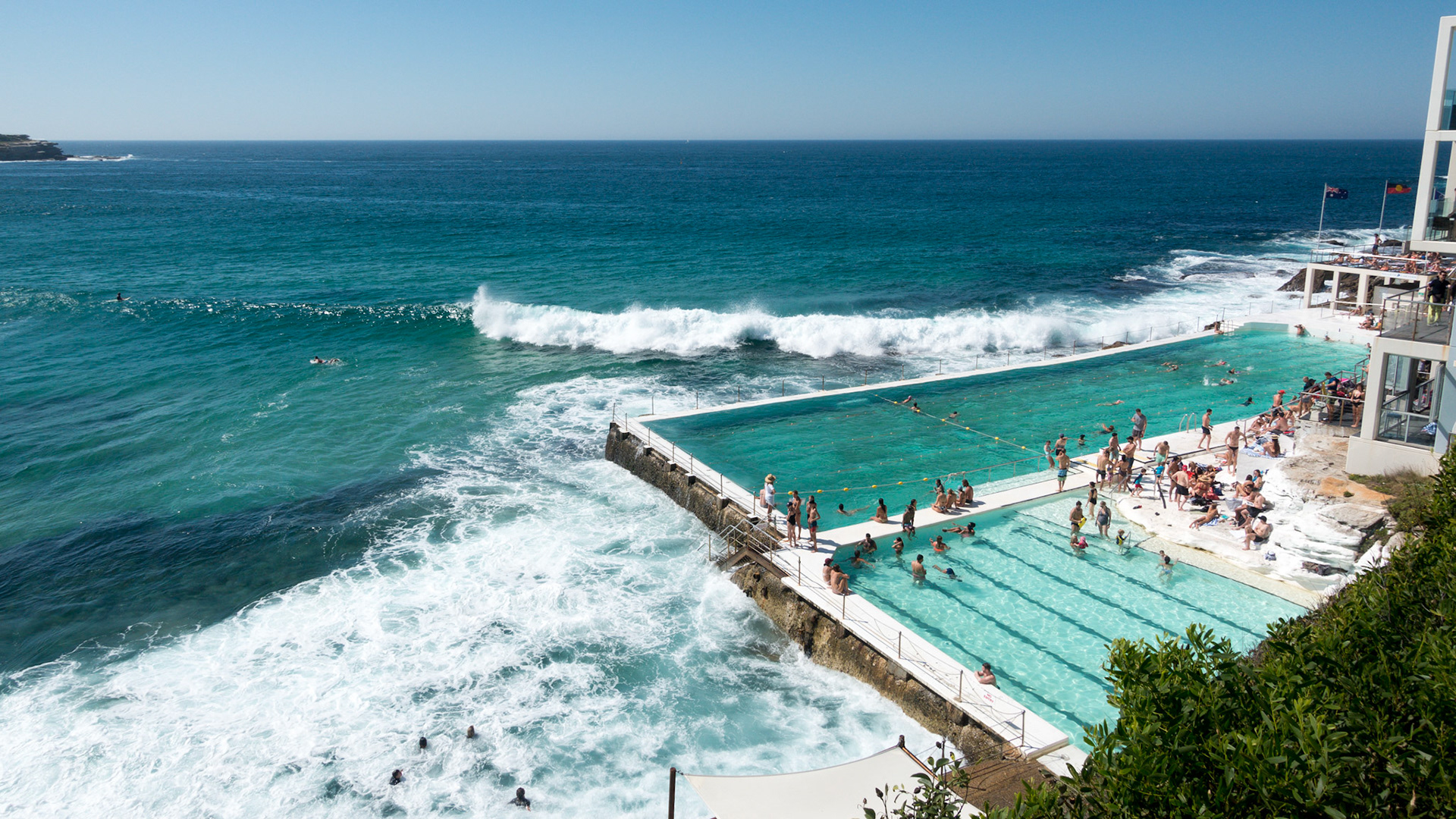
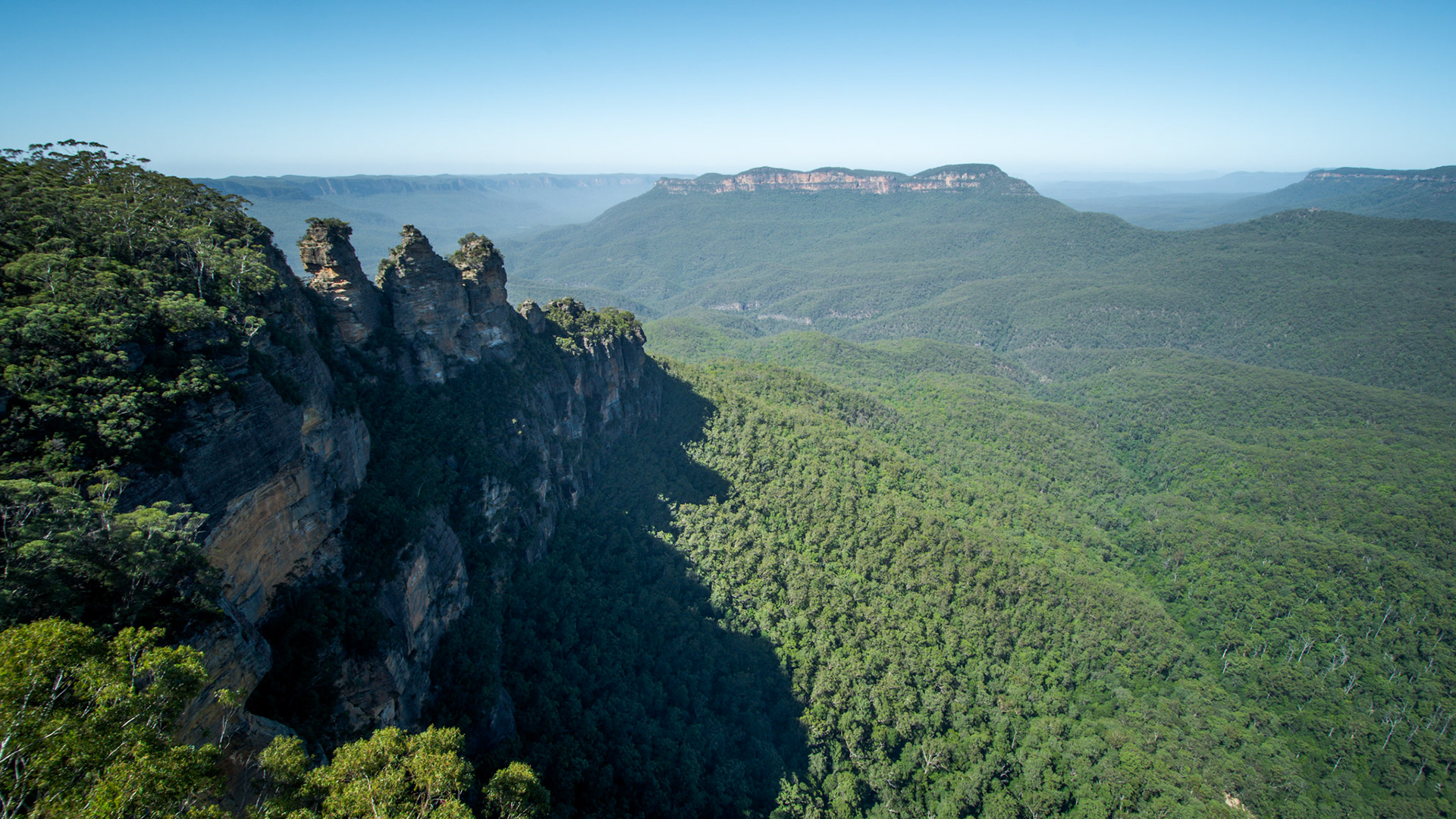
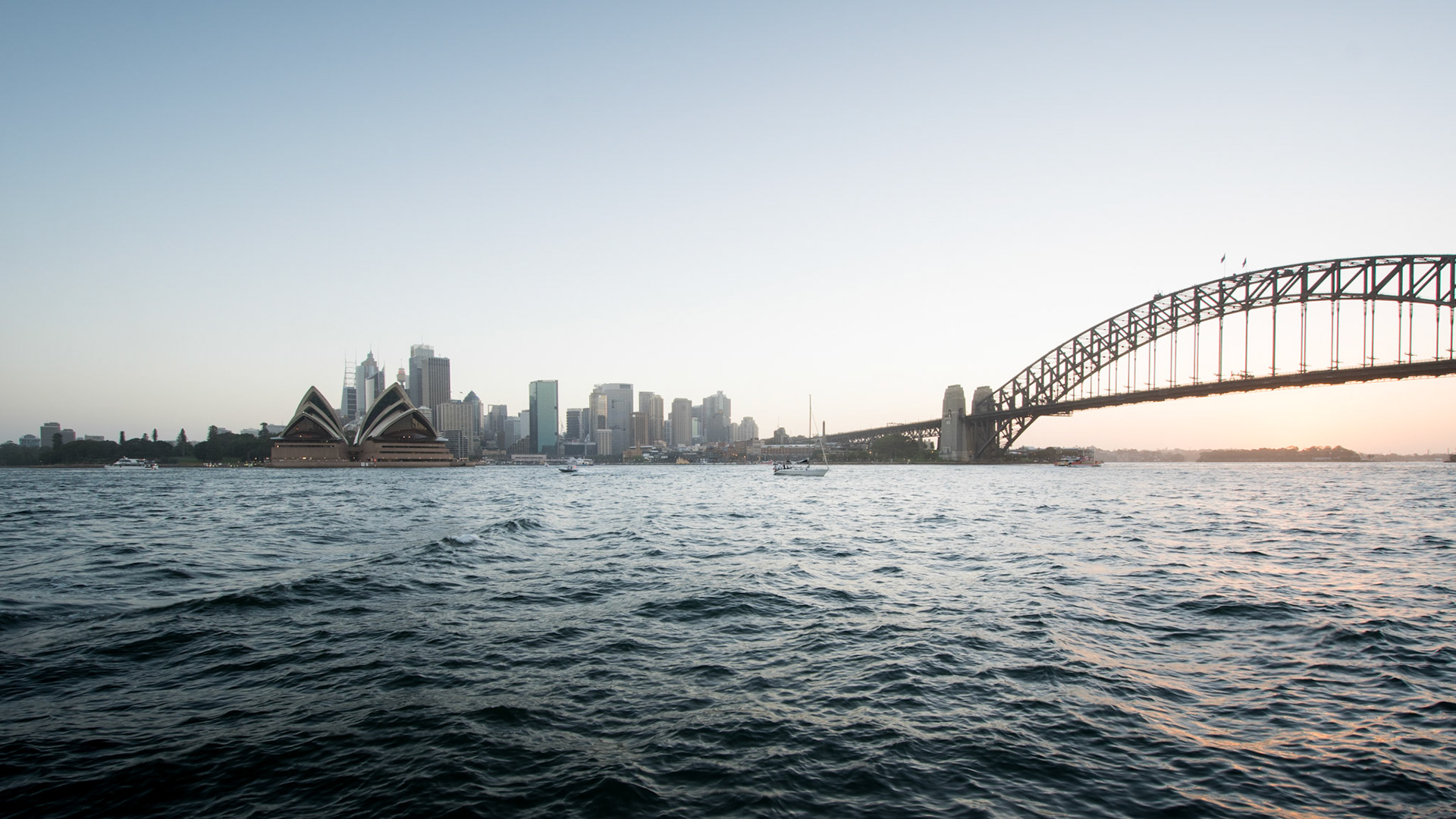
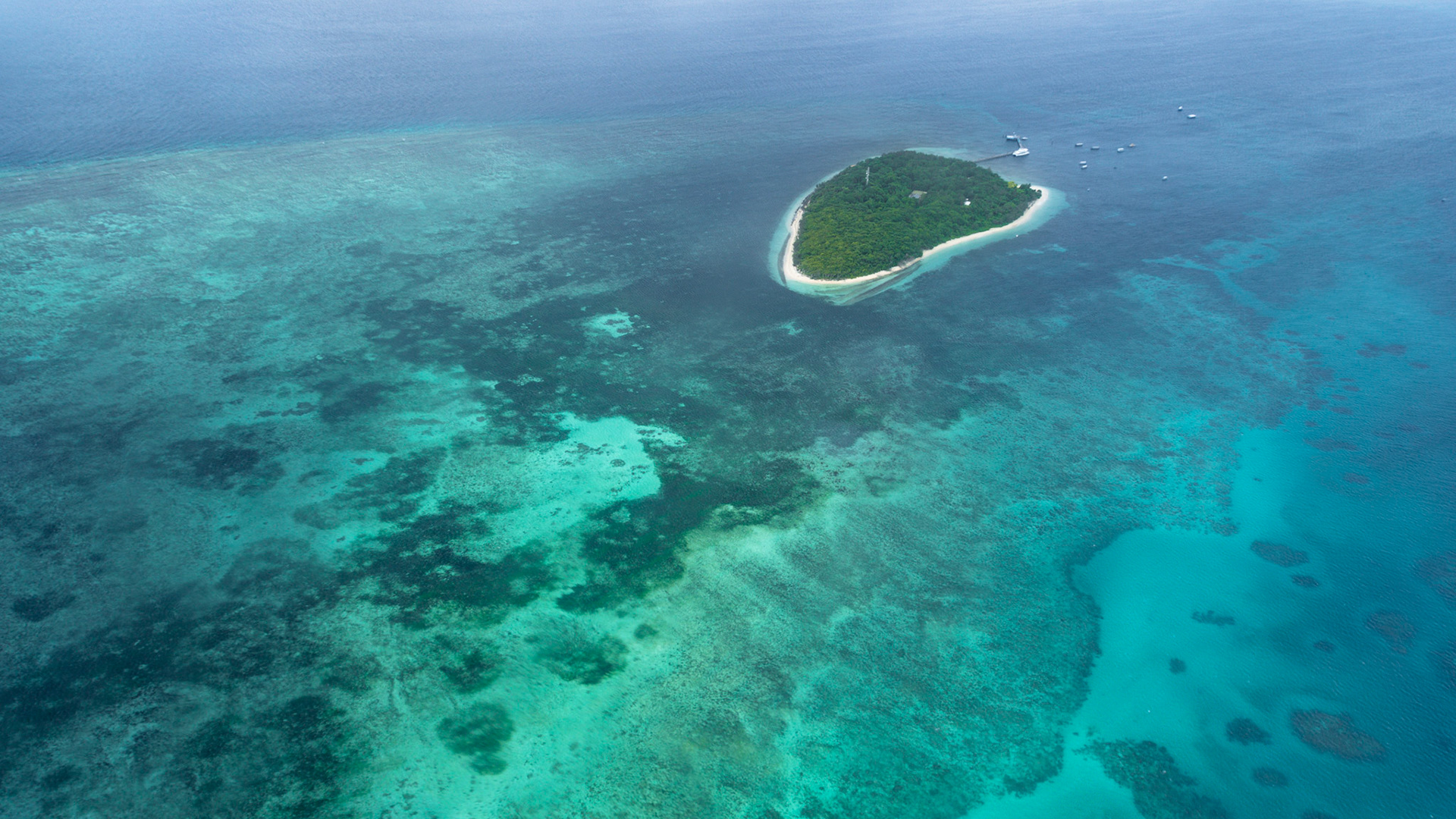
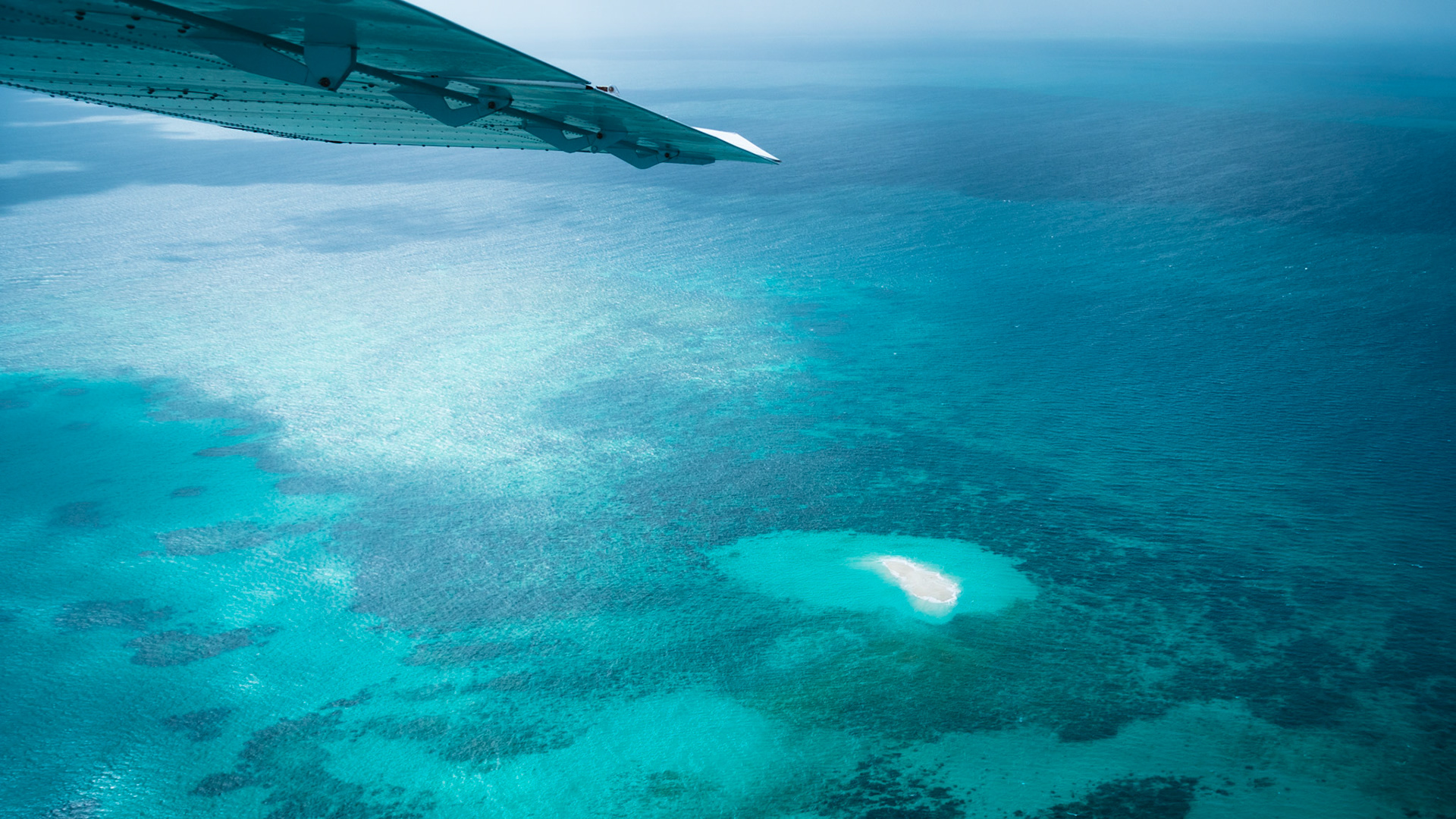
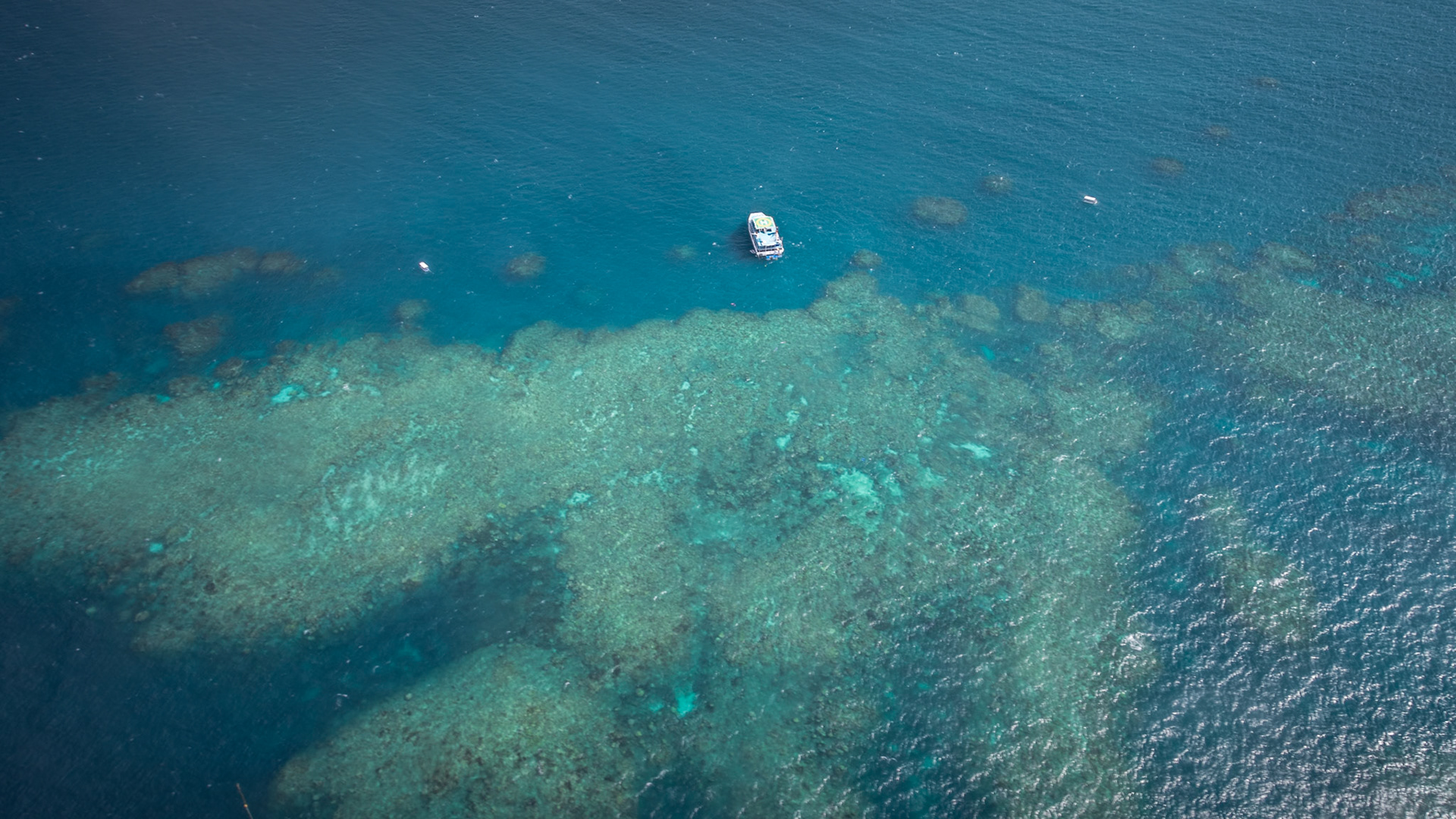
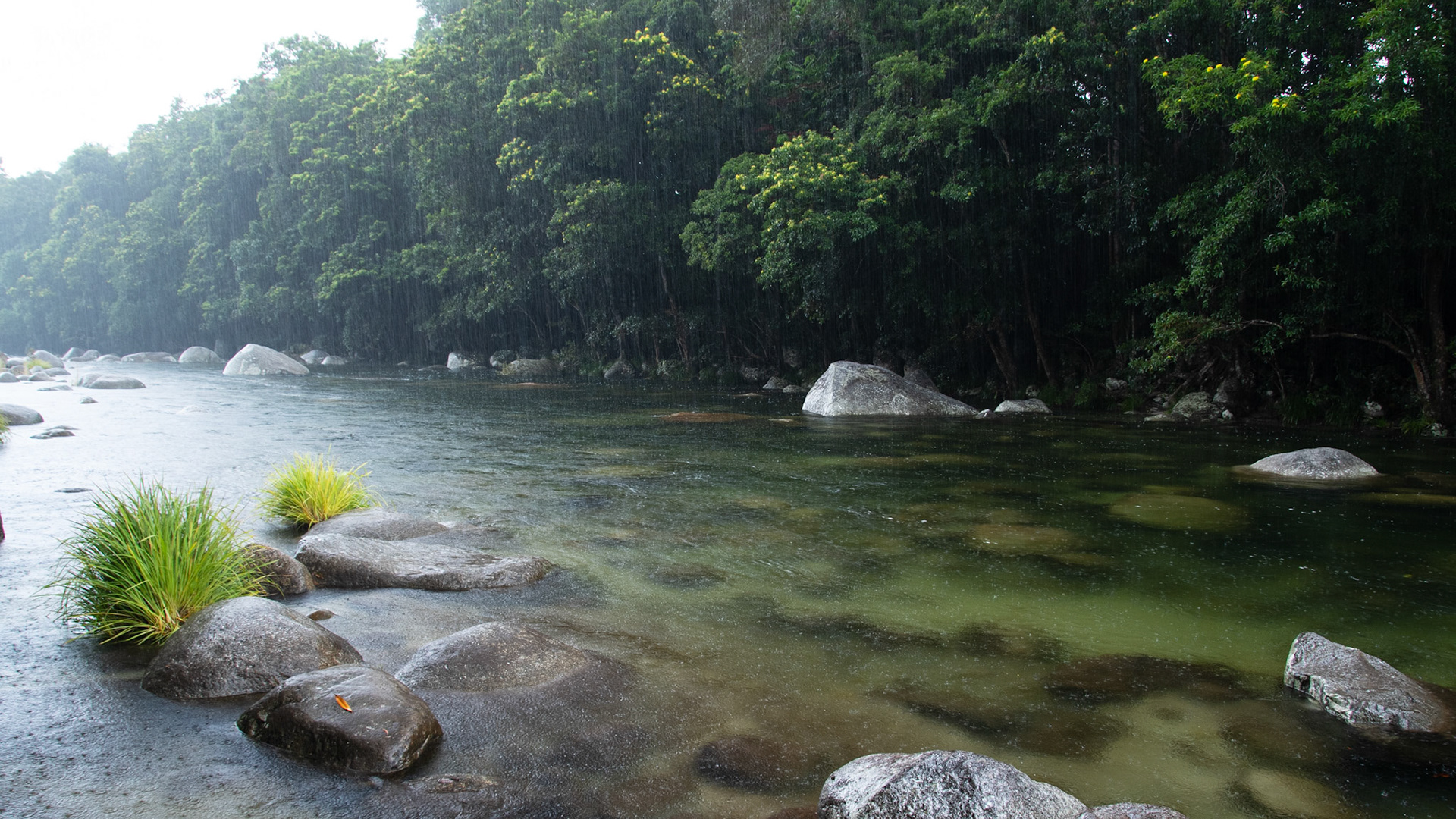
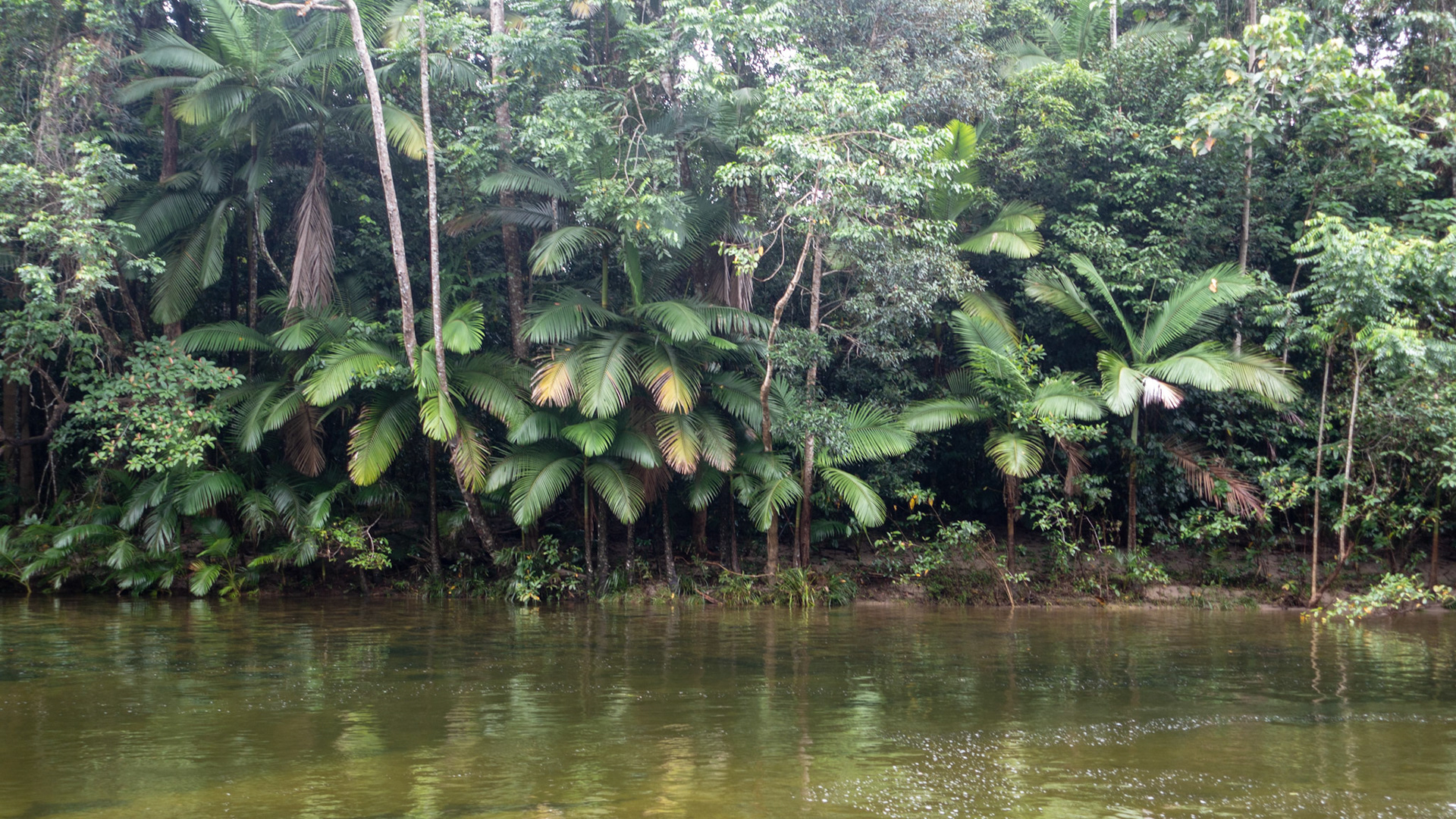
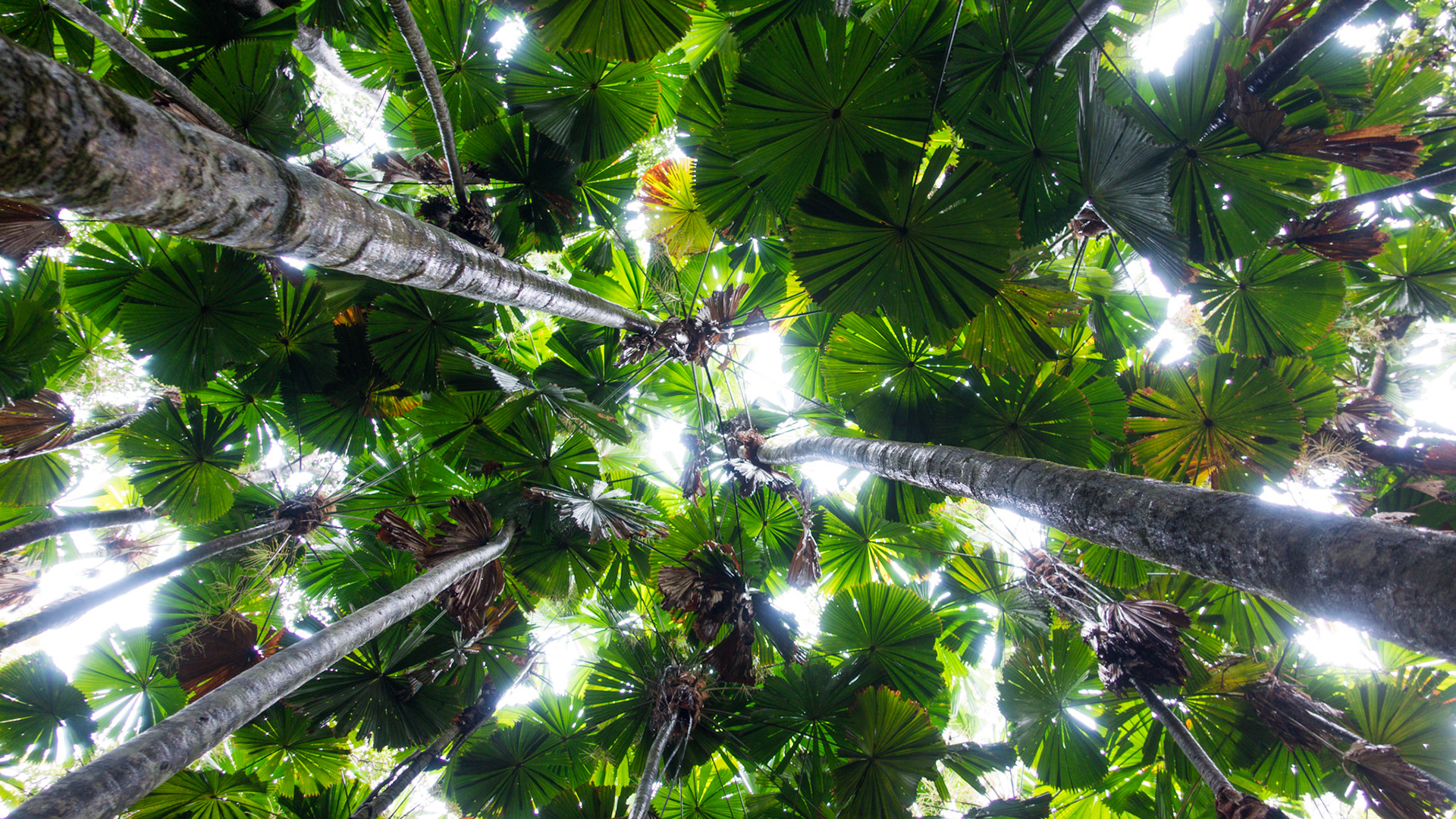
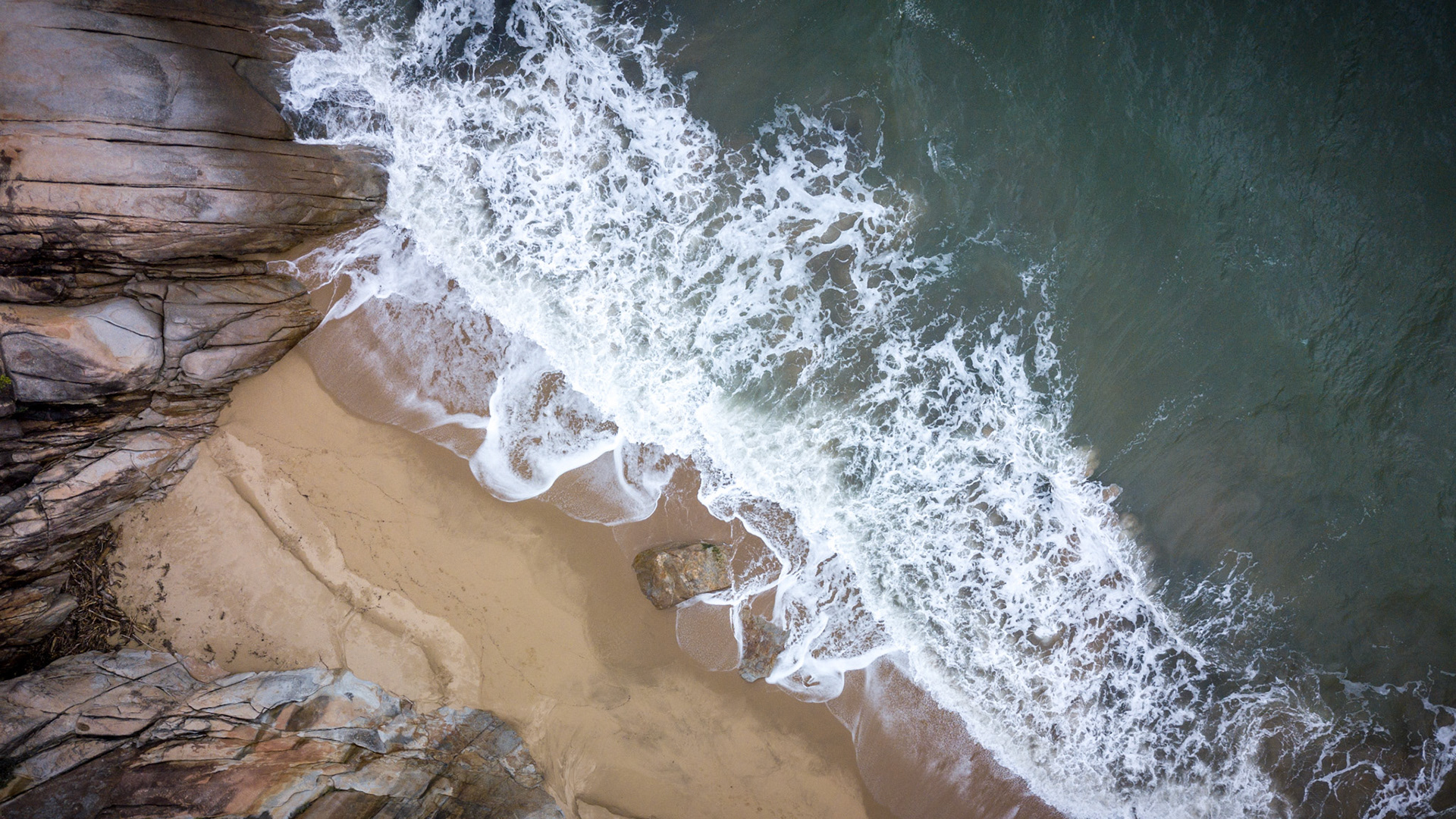
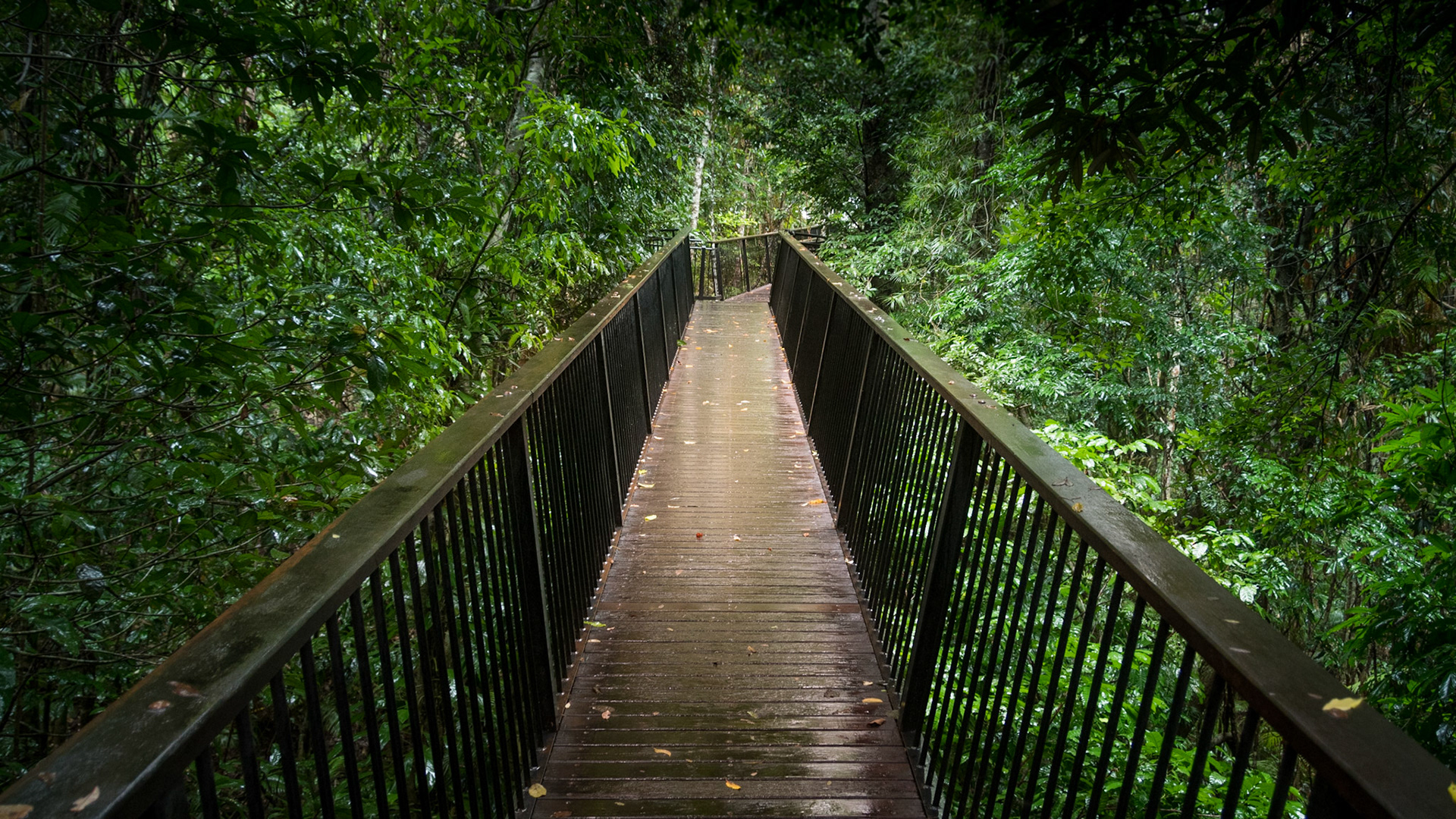
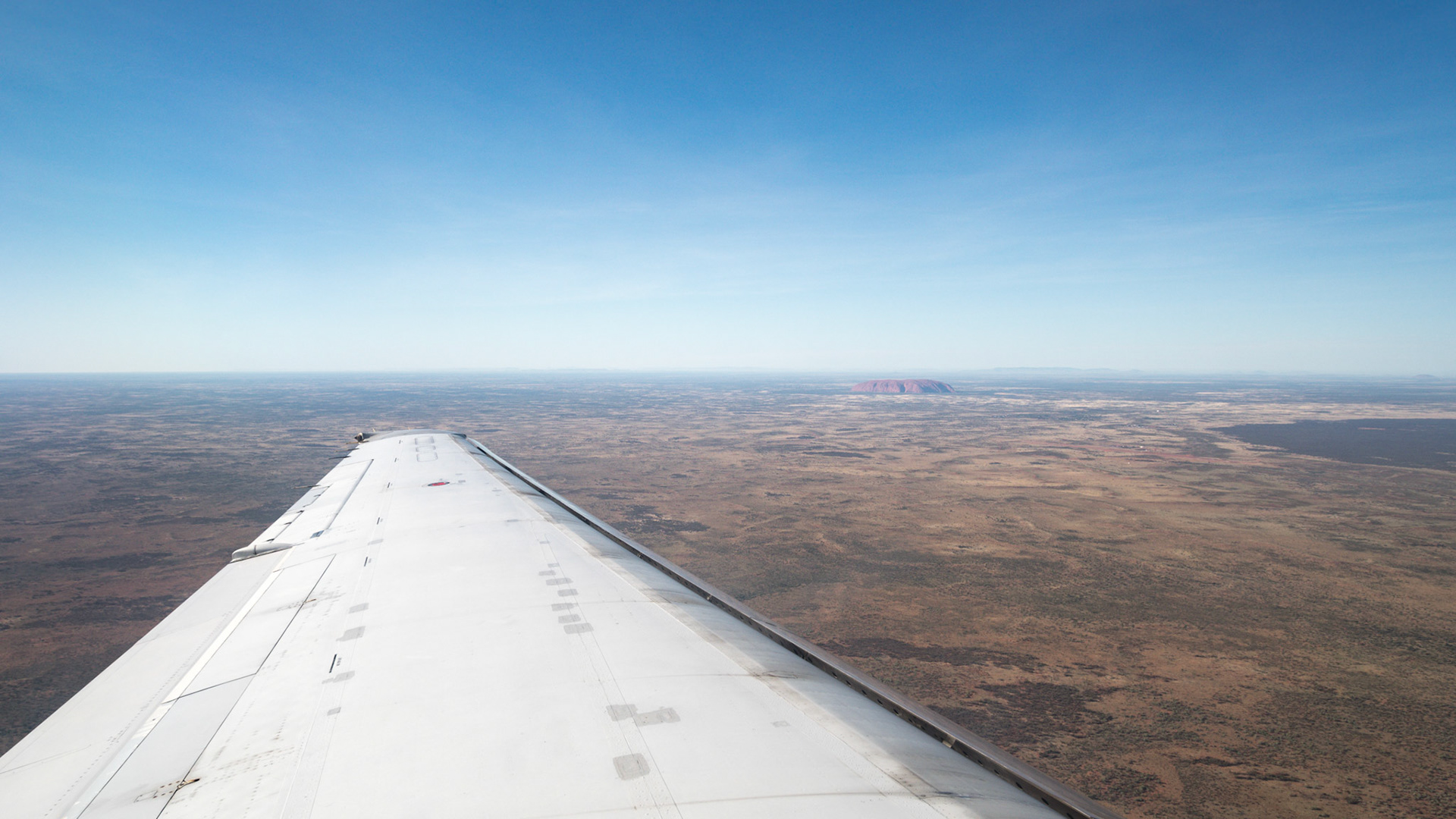
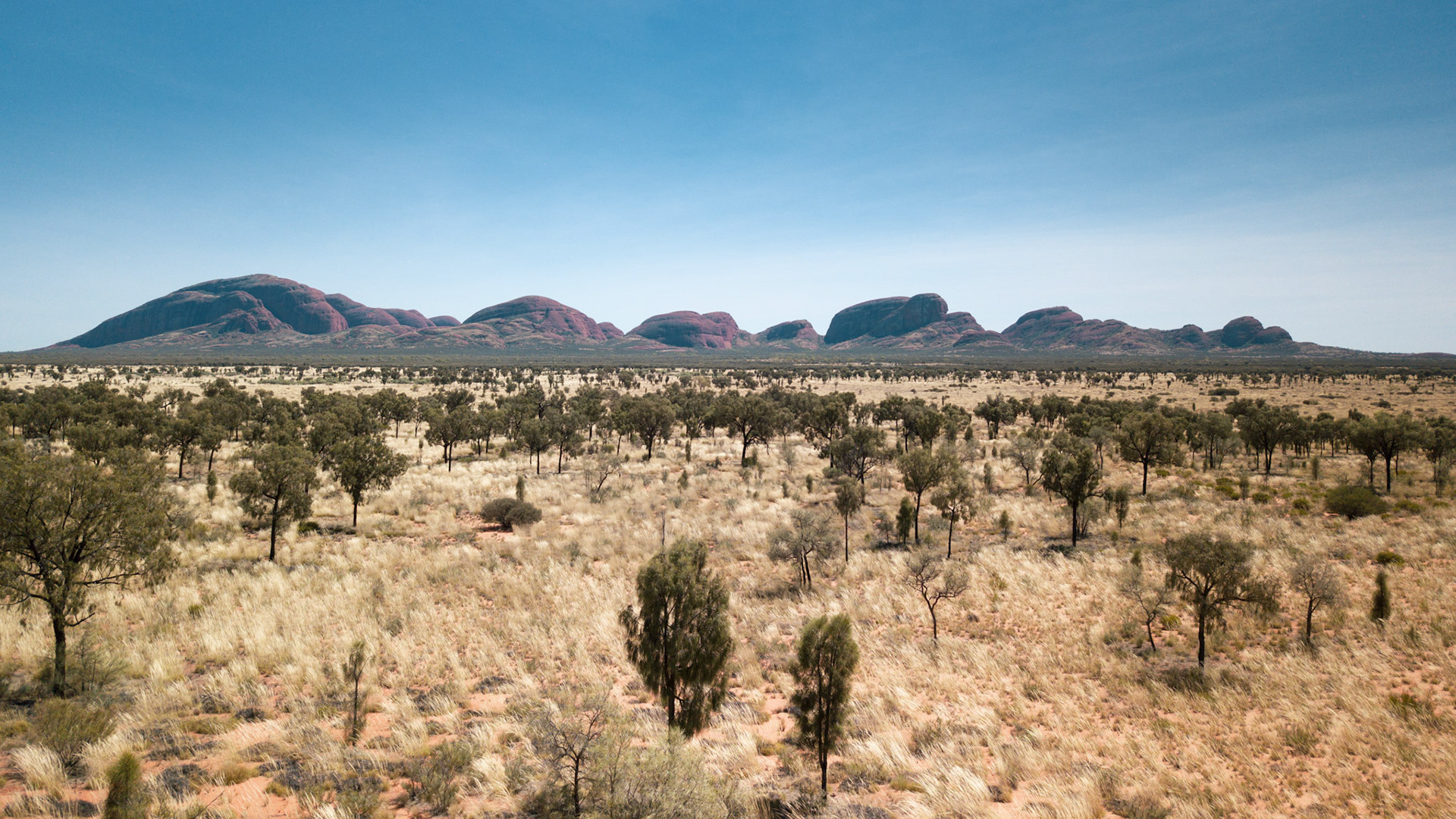
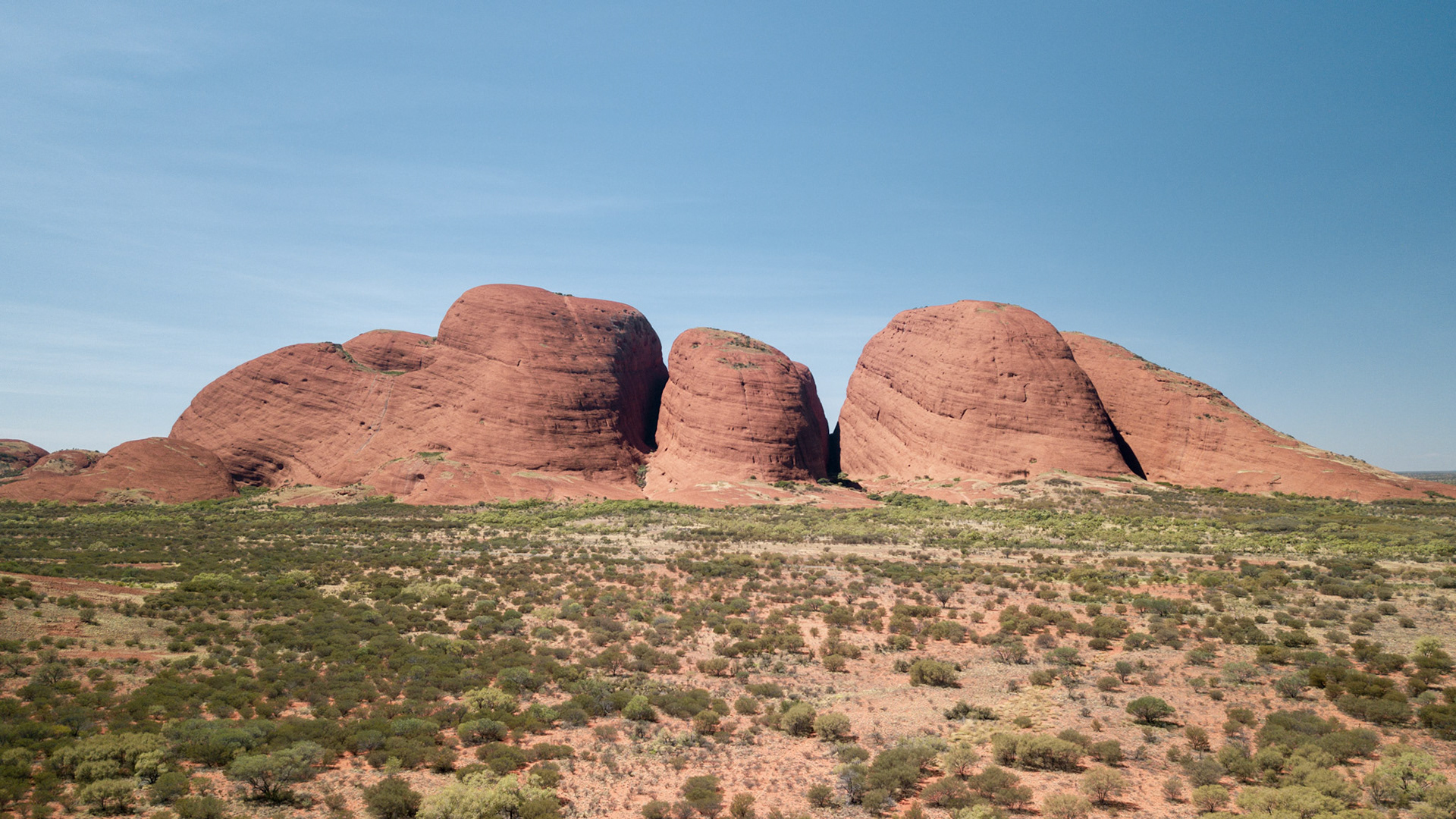
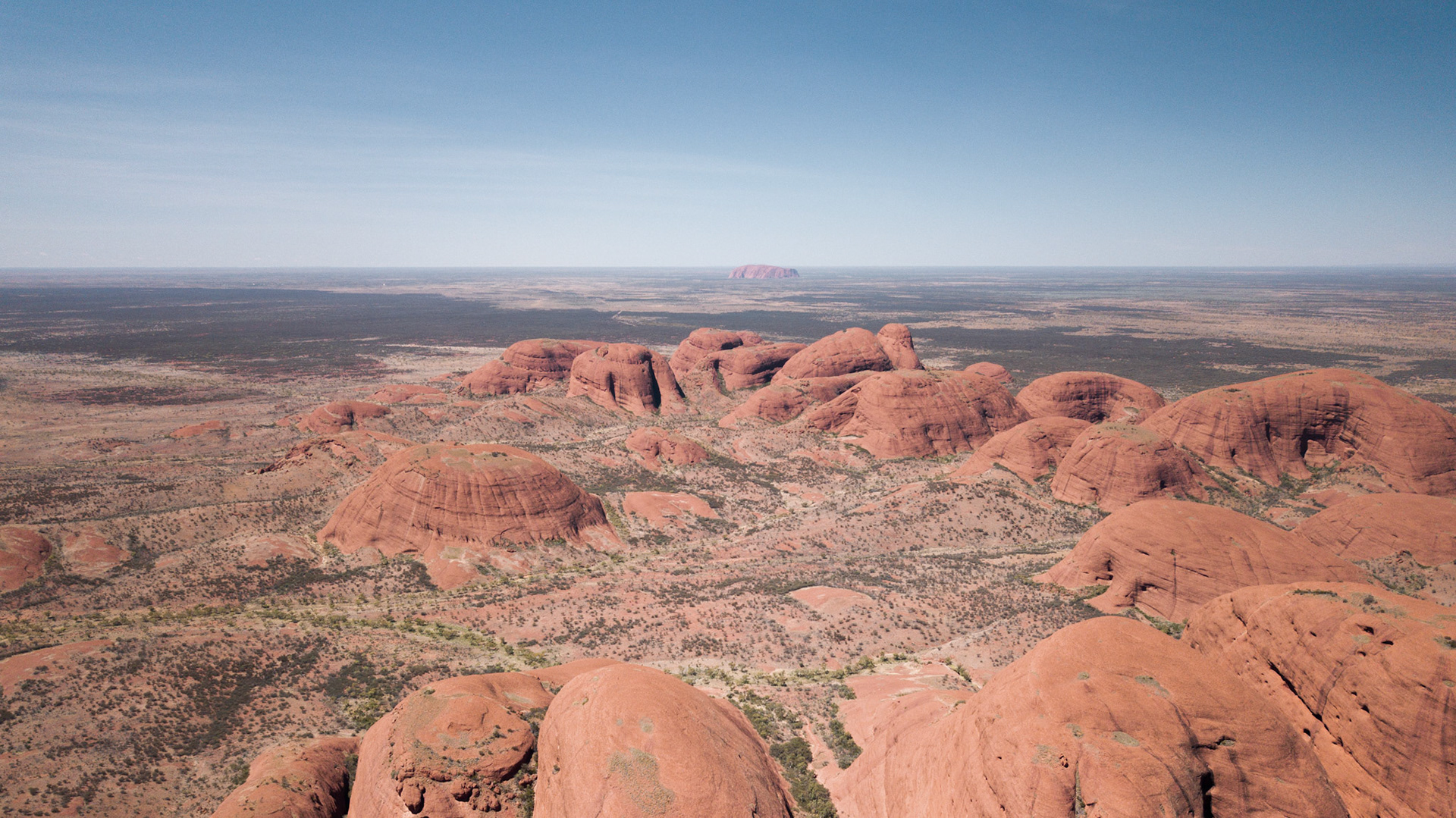
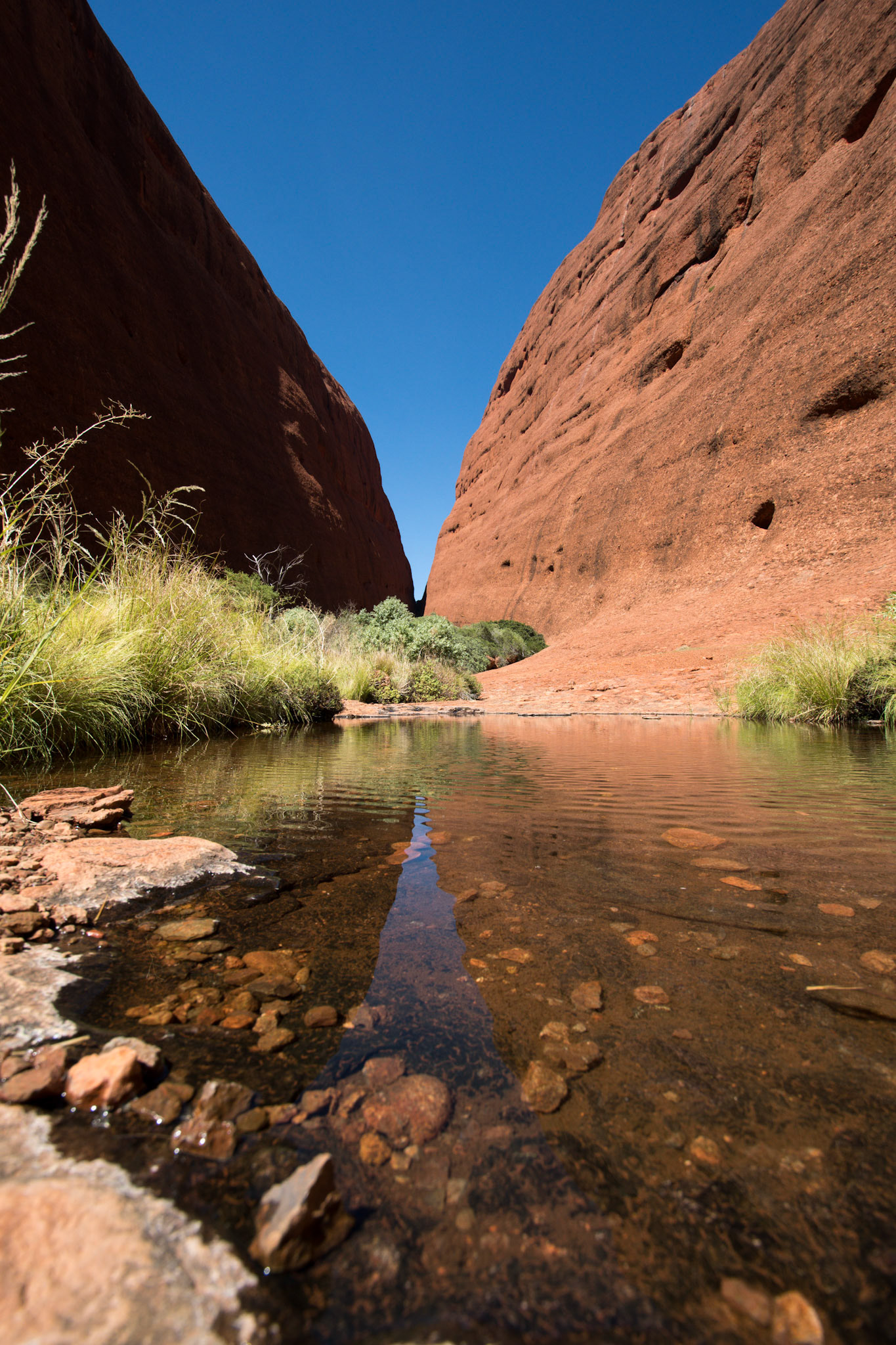
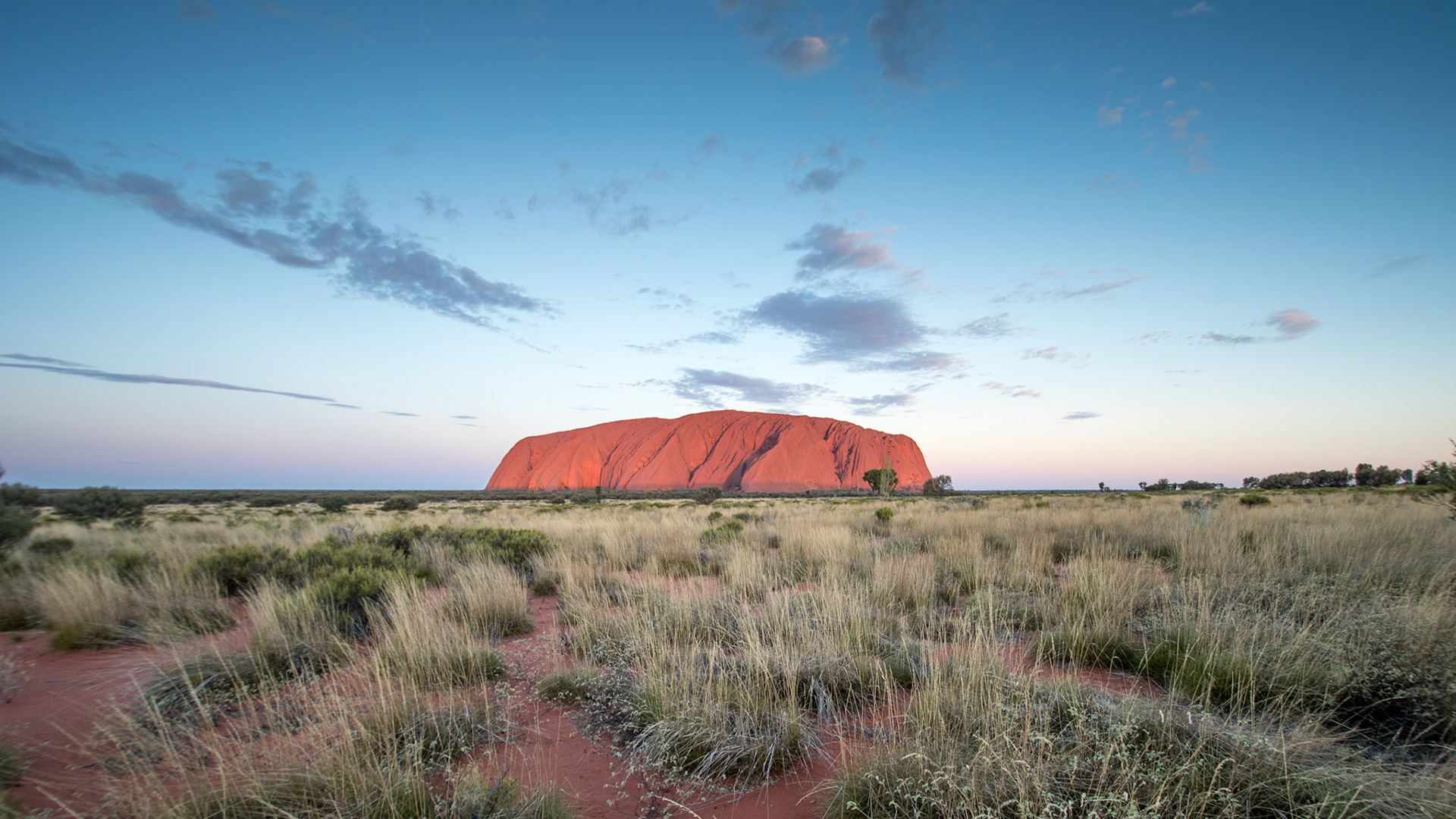
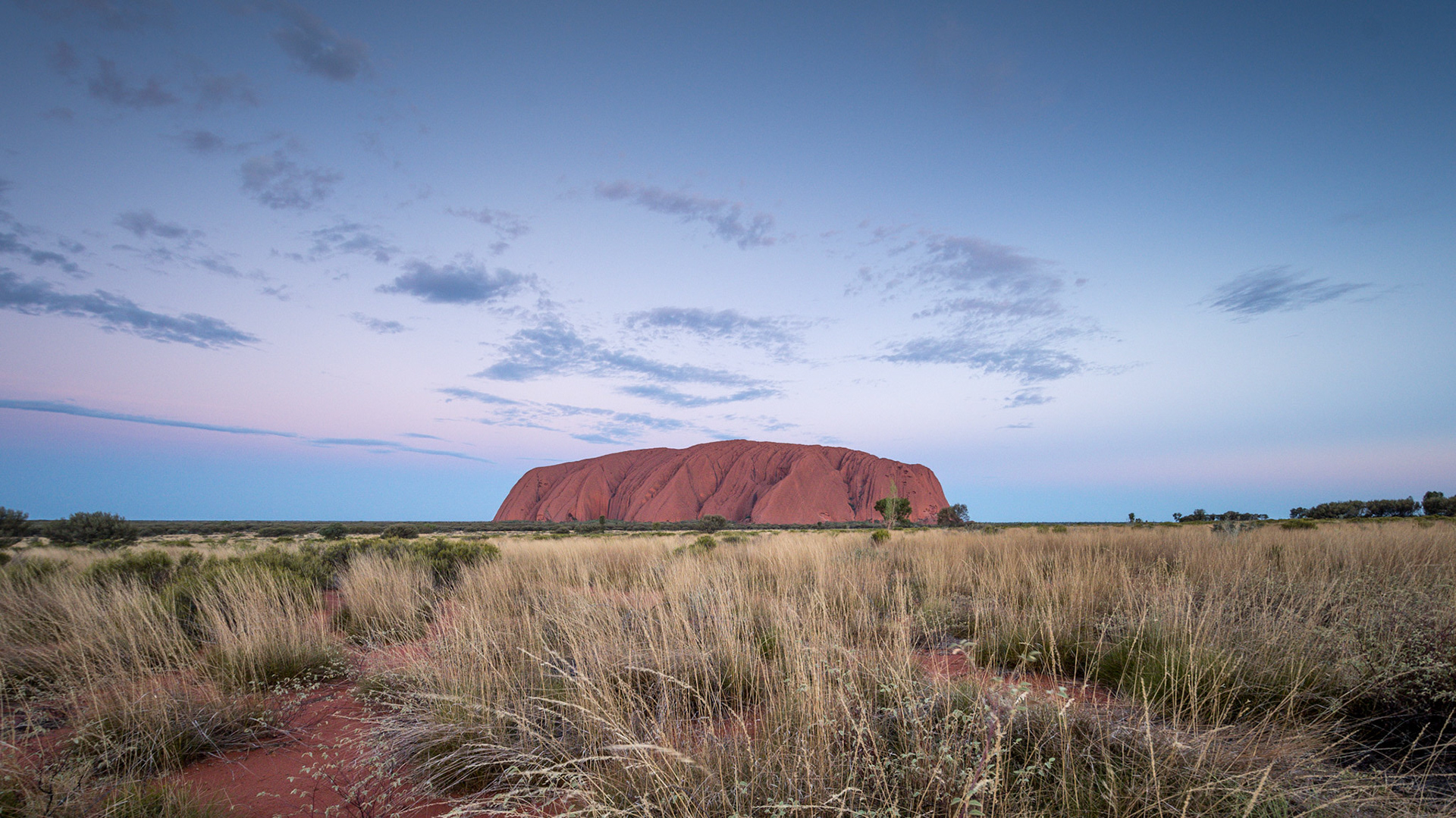
Uluru
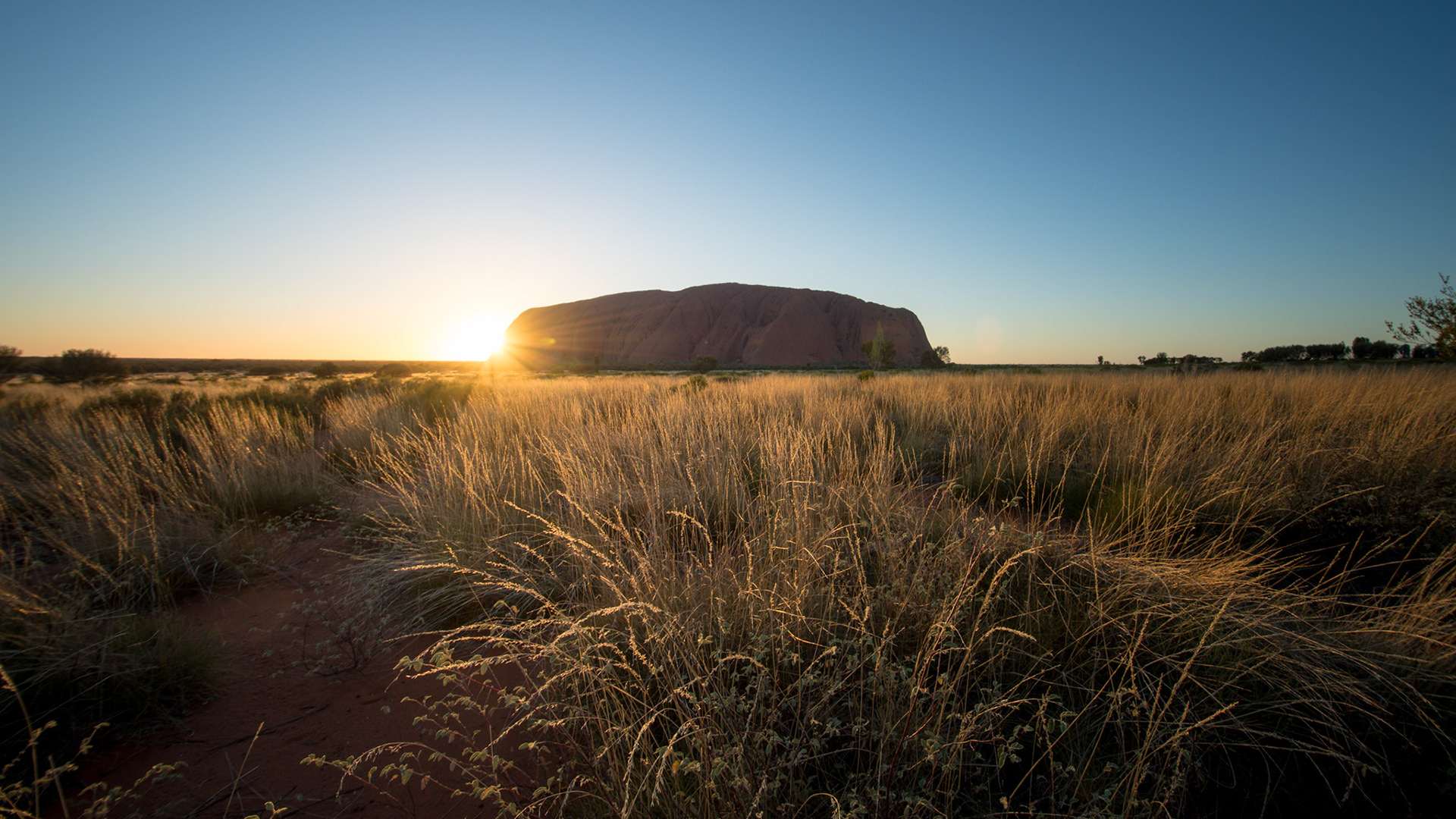
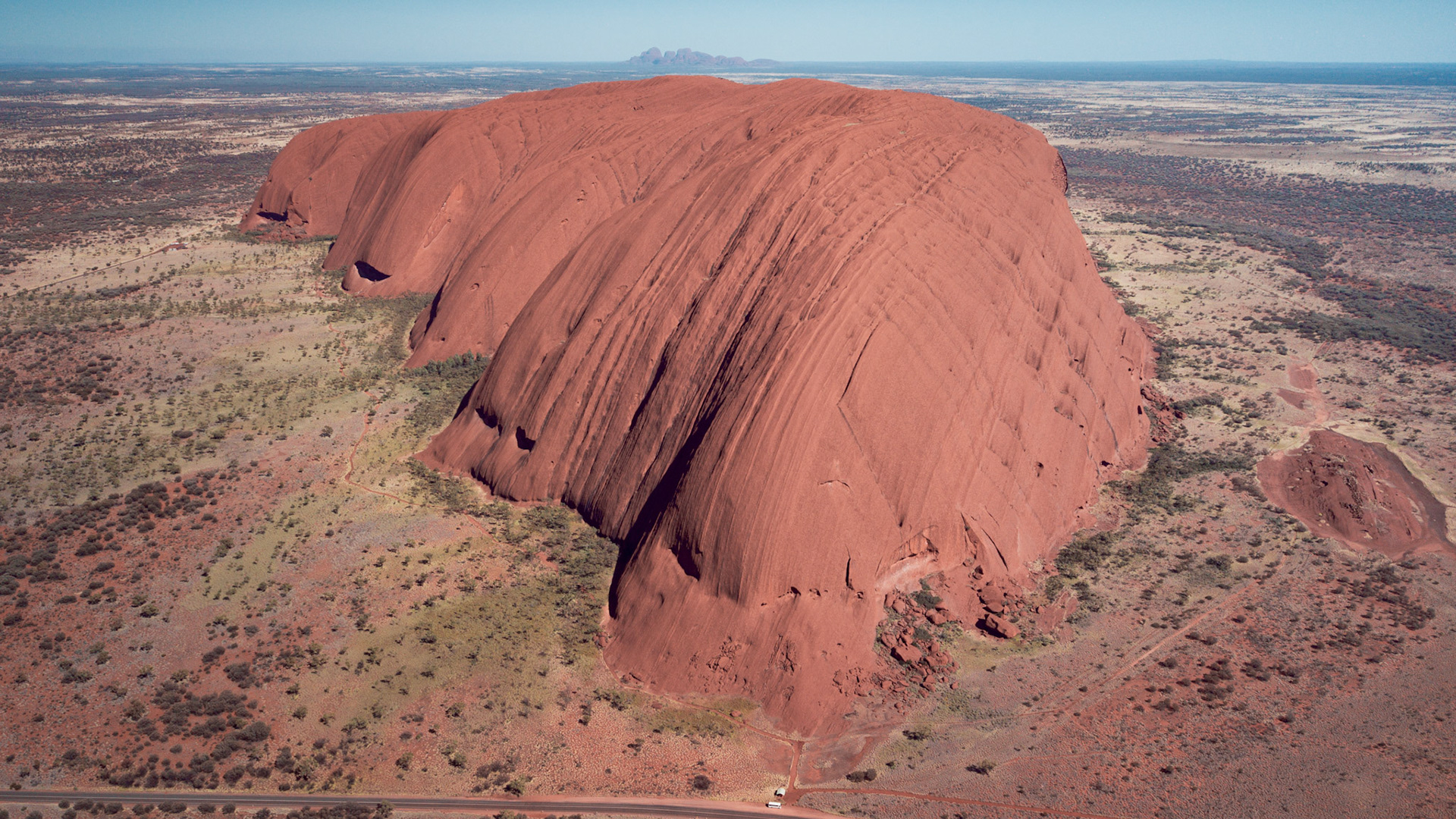
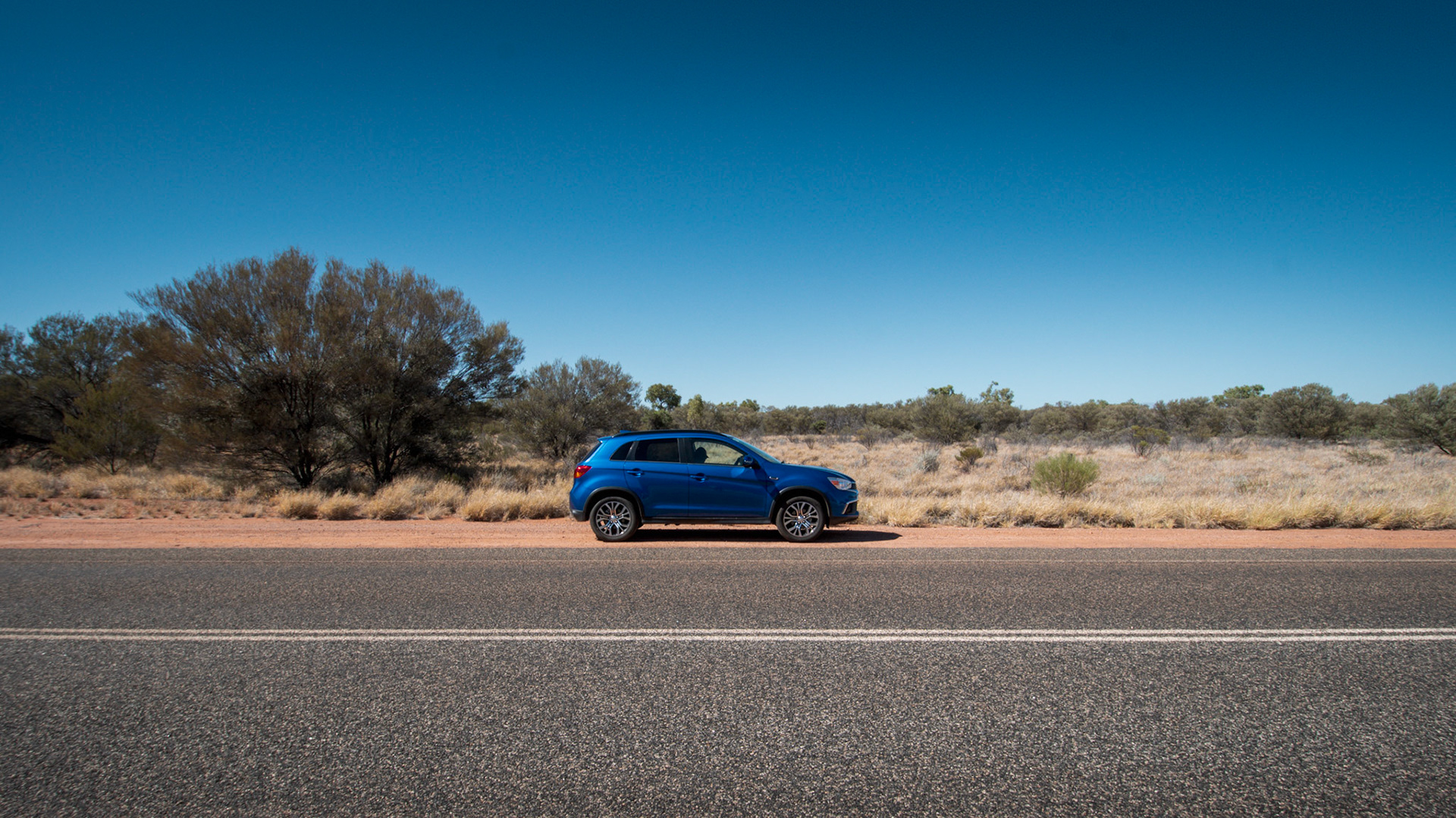
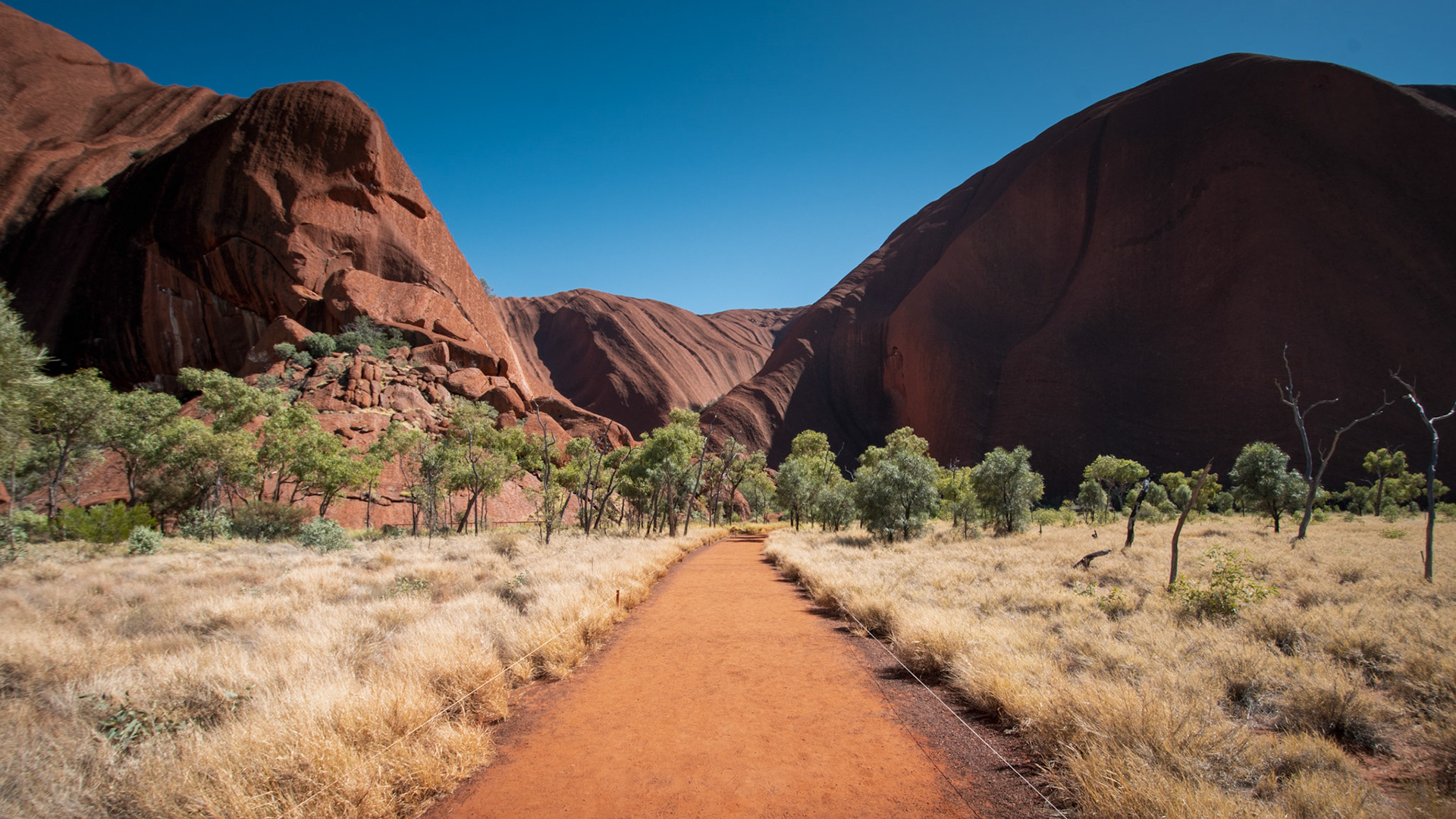

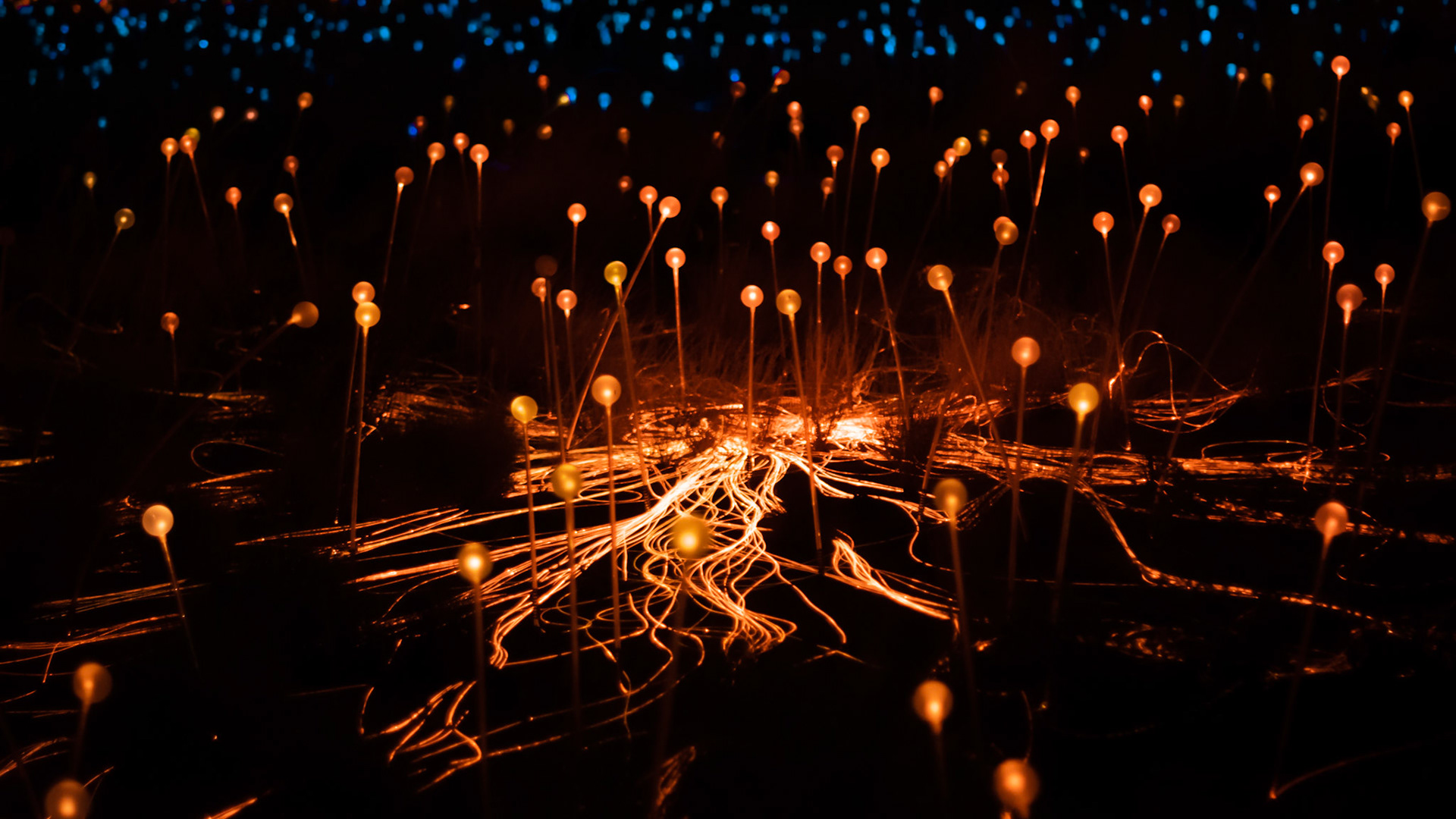
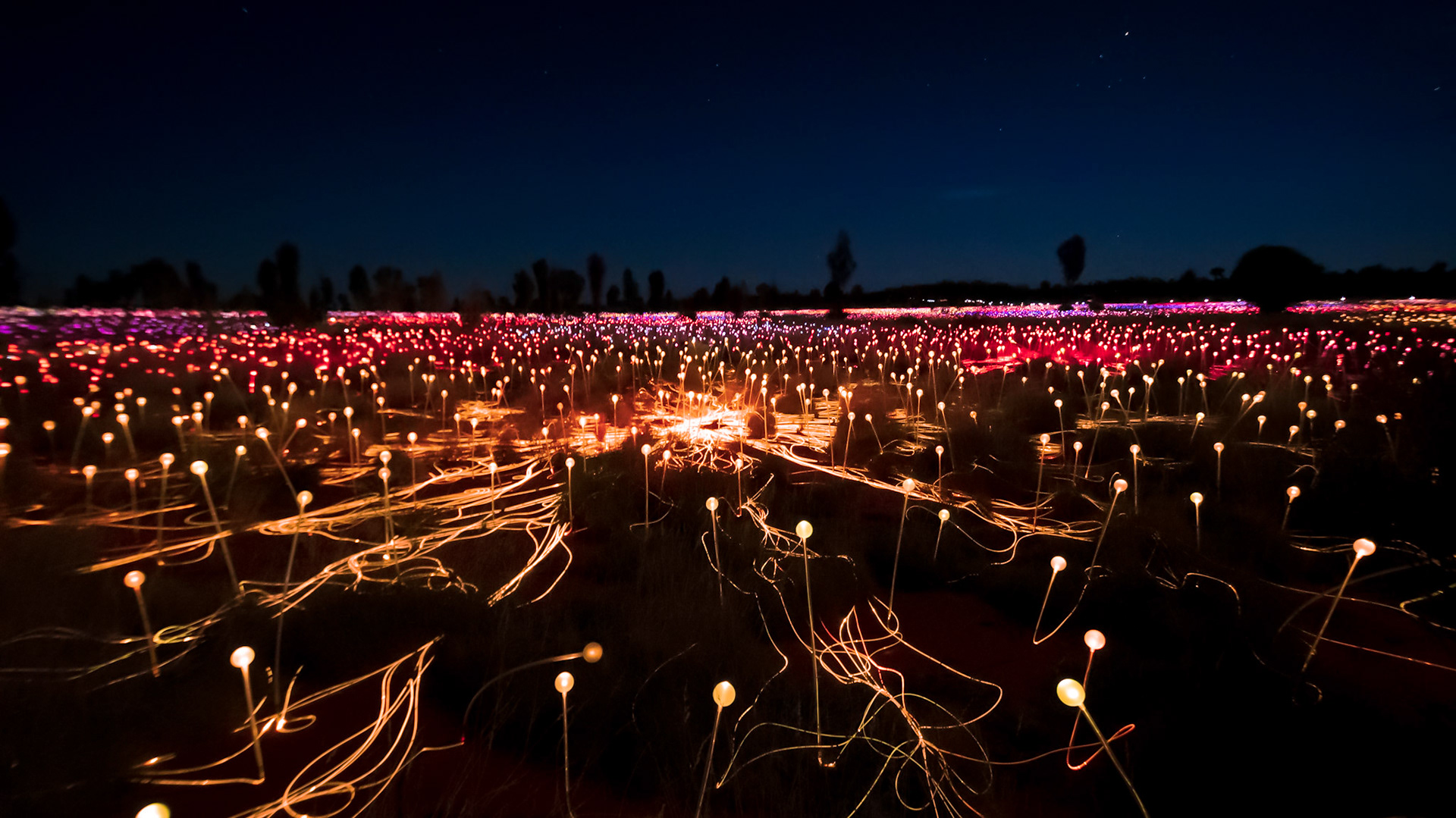
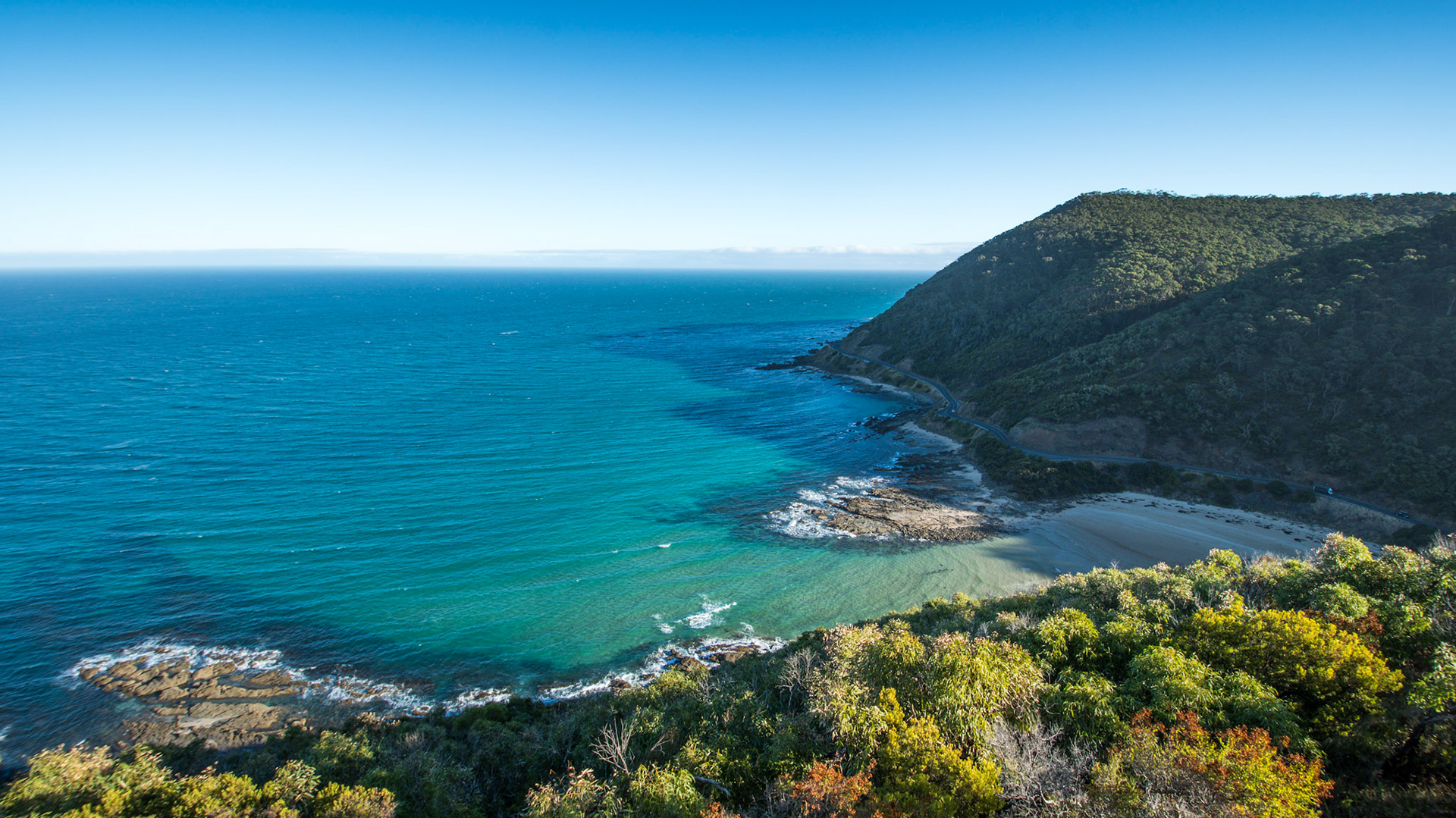
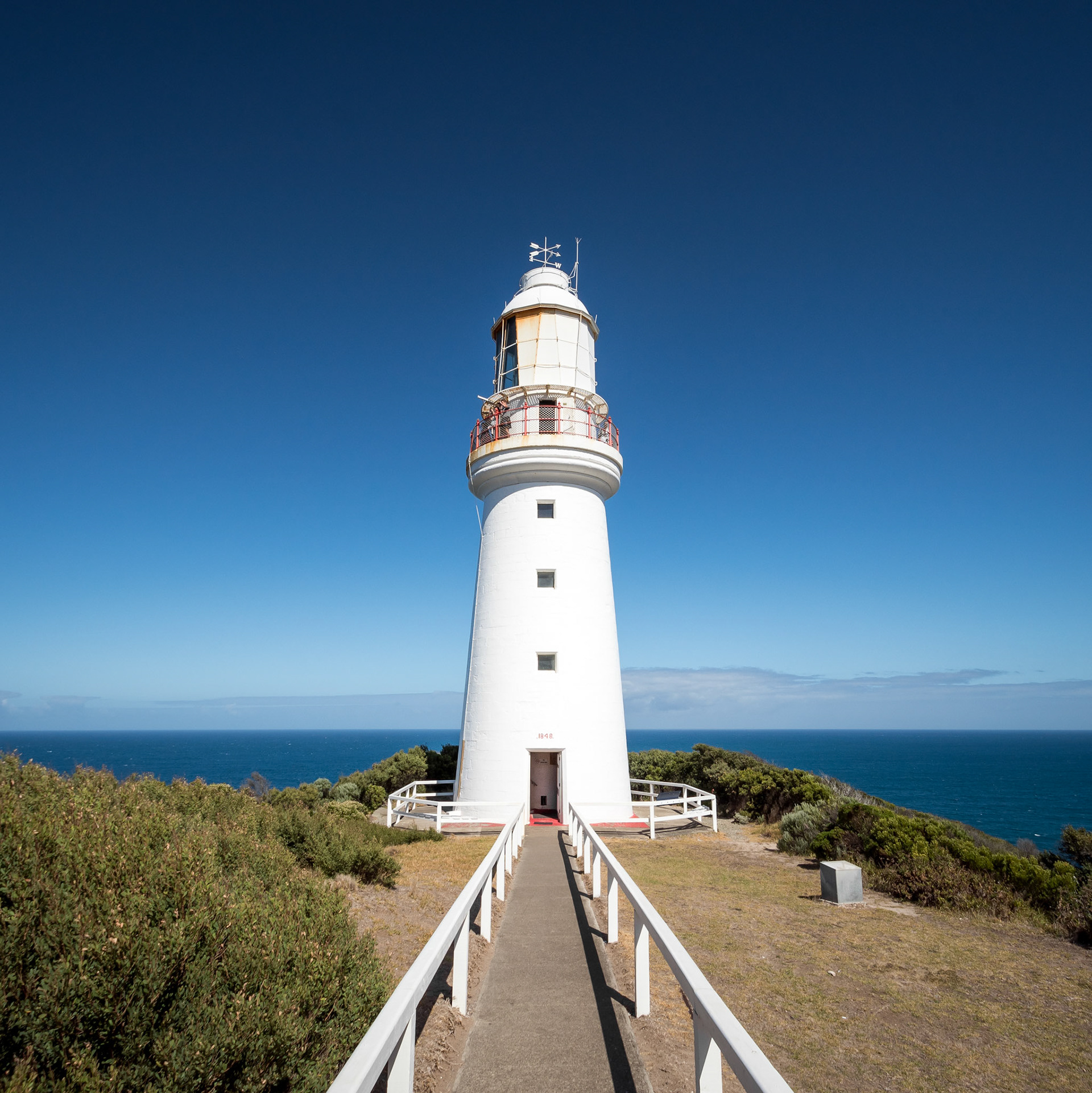
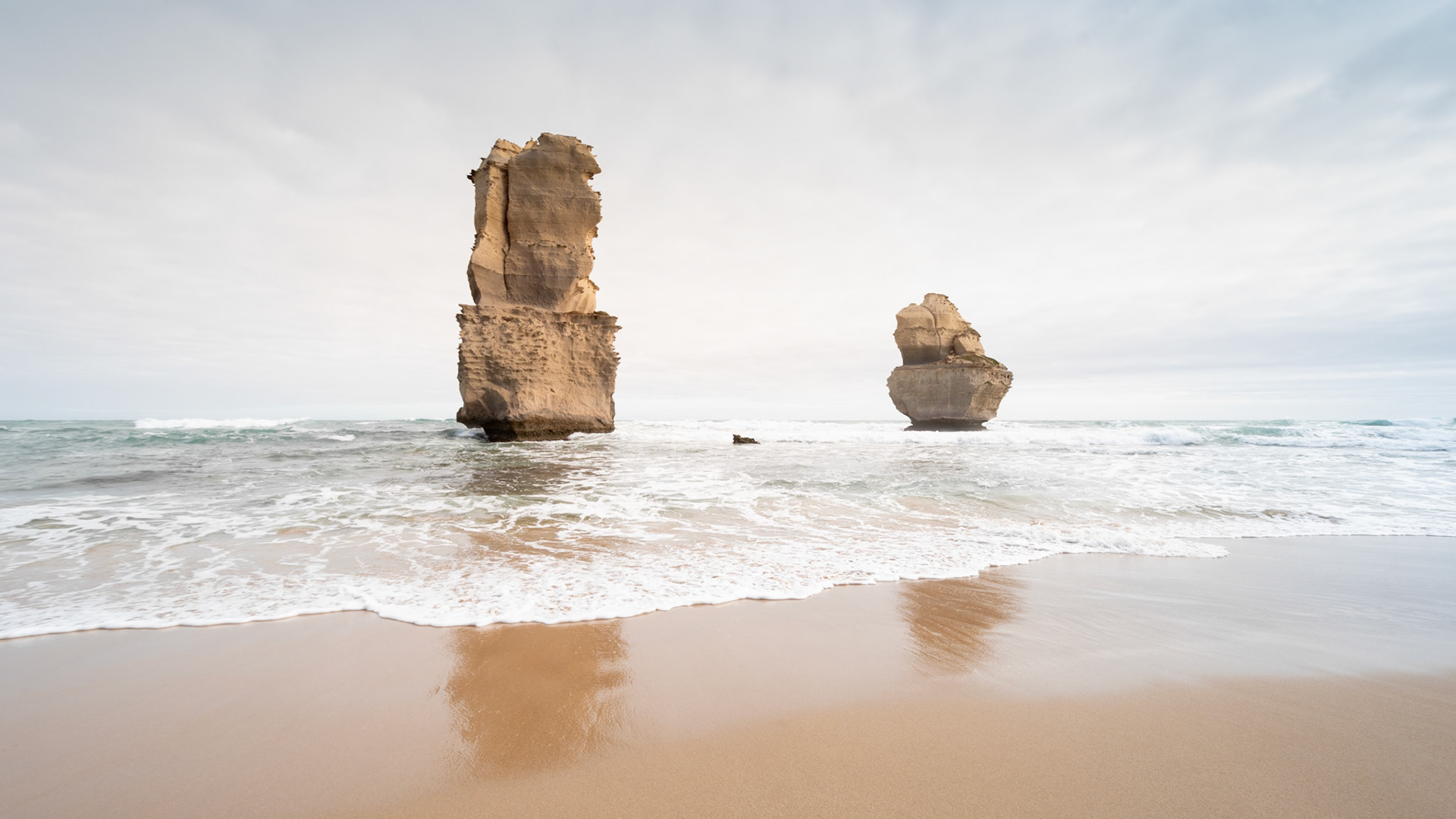
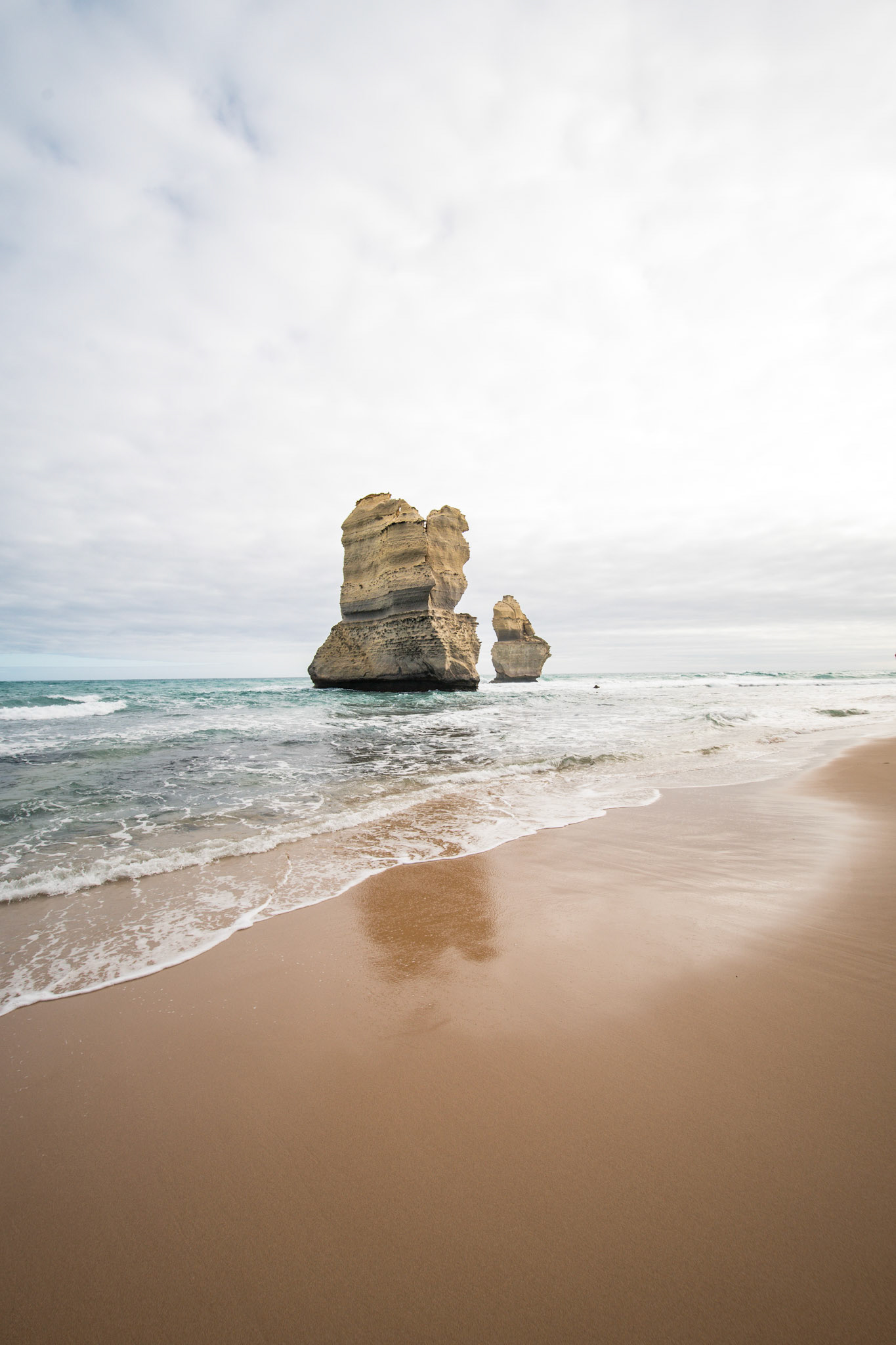
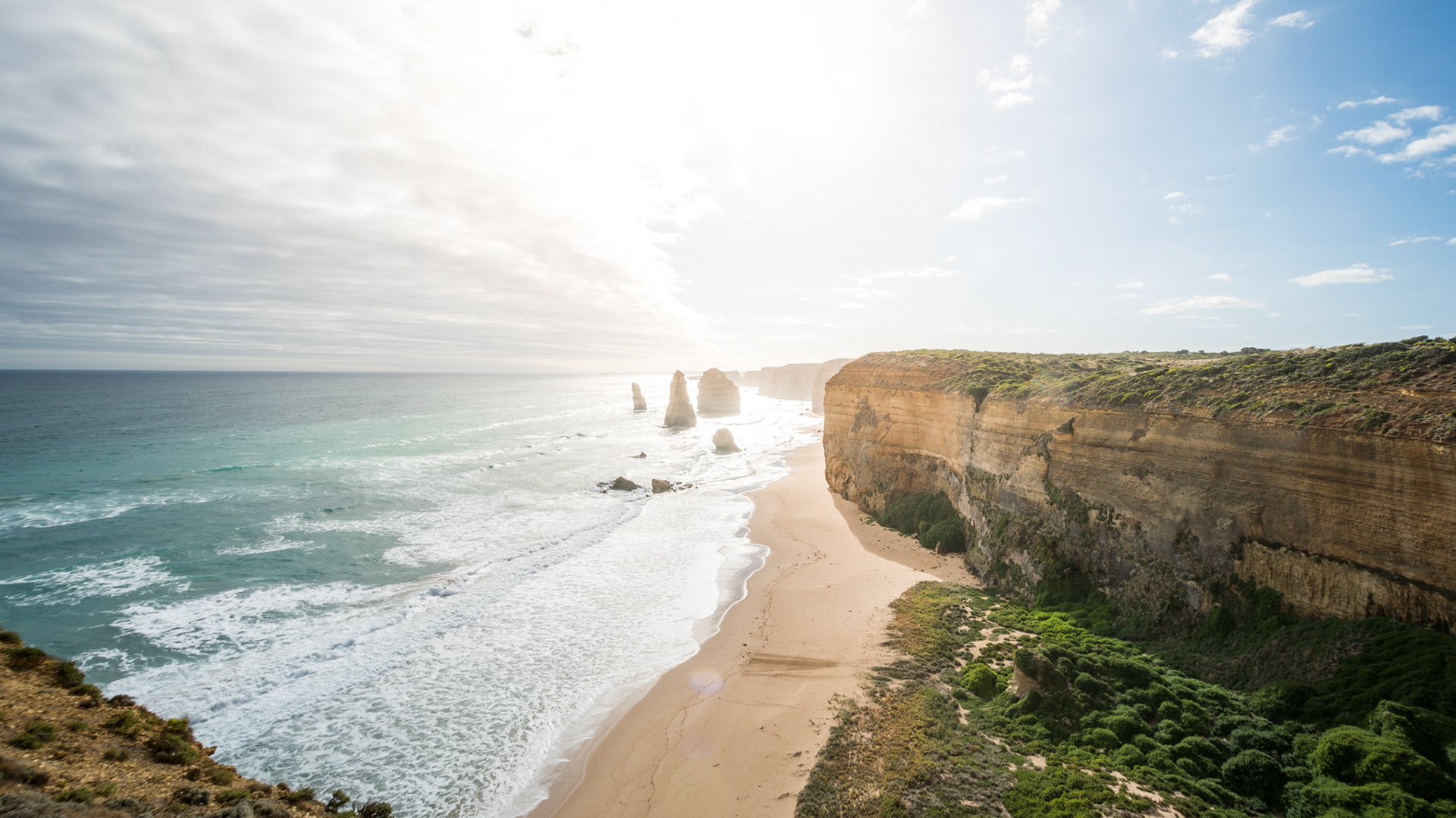
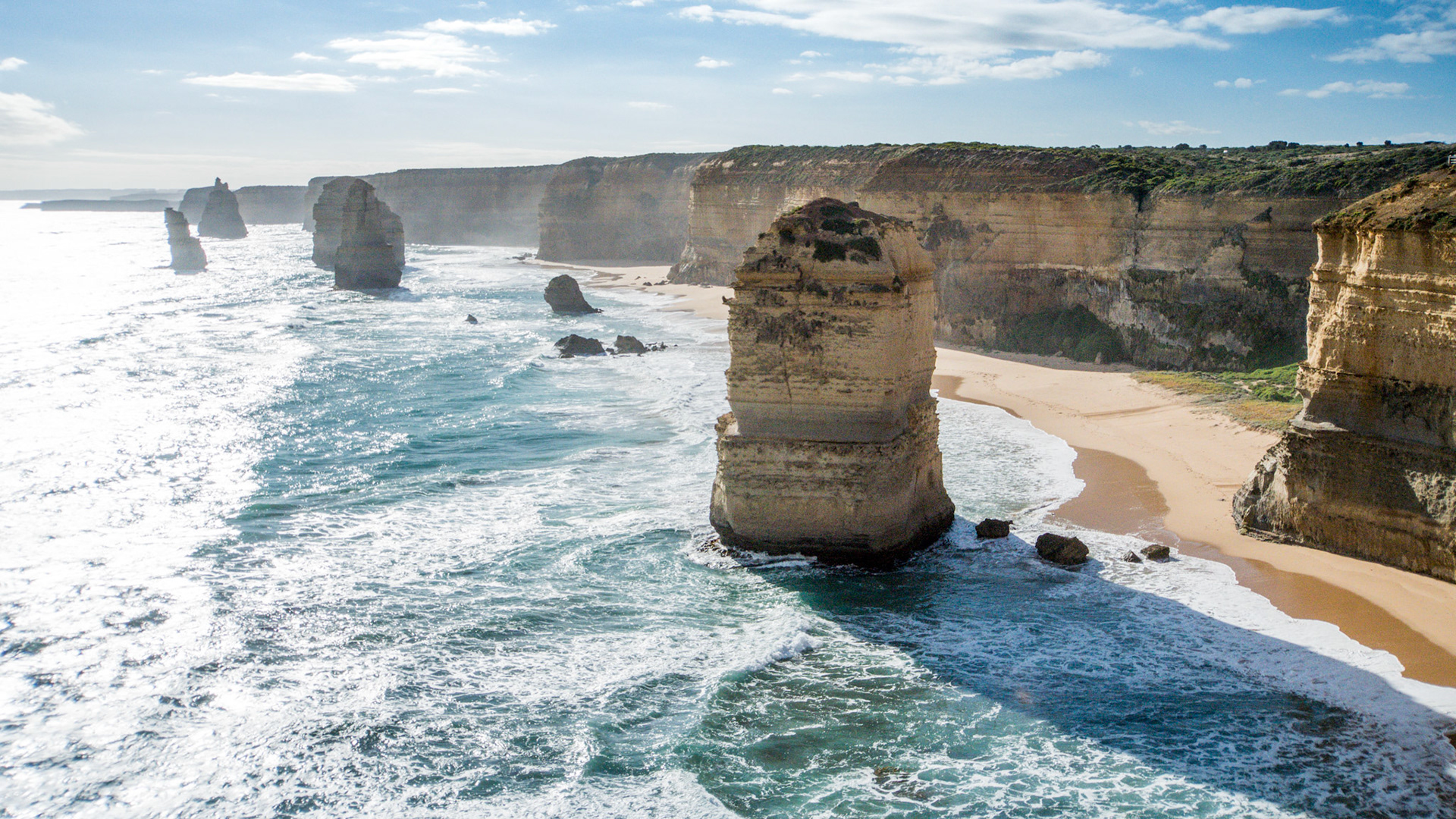
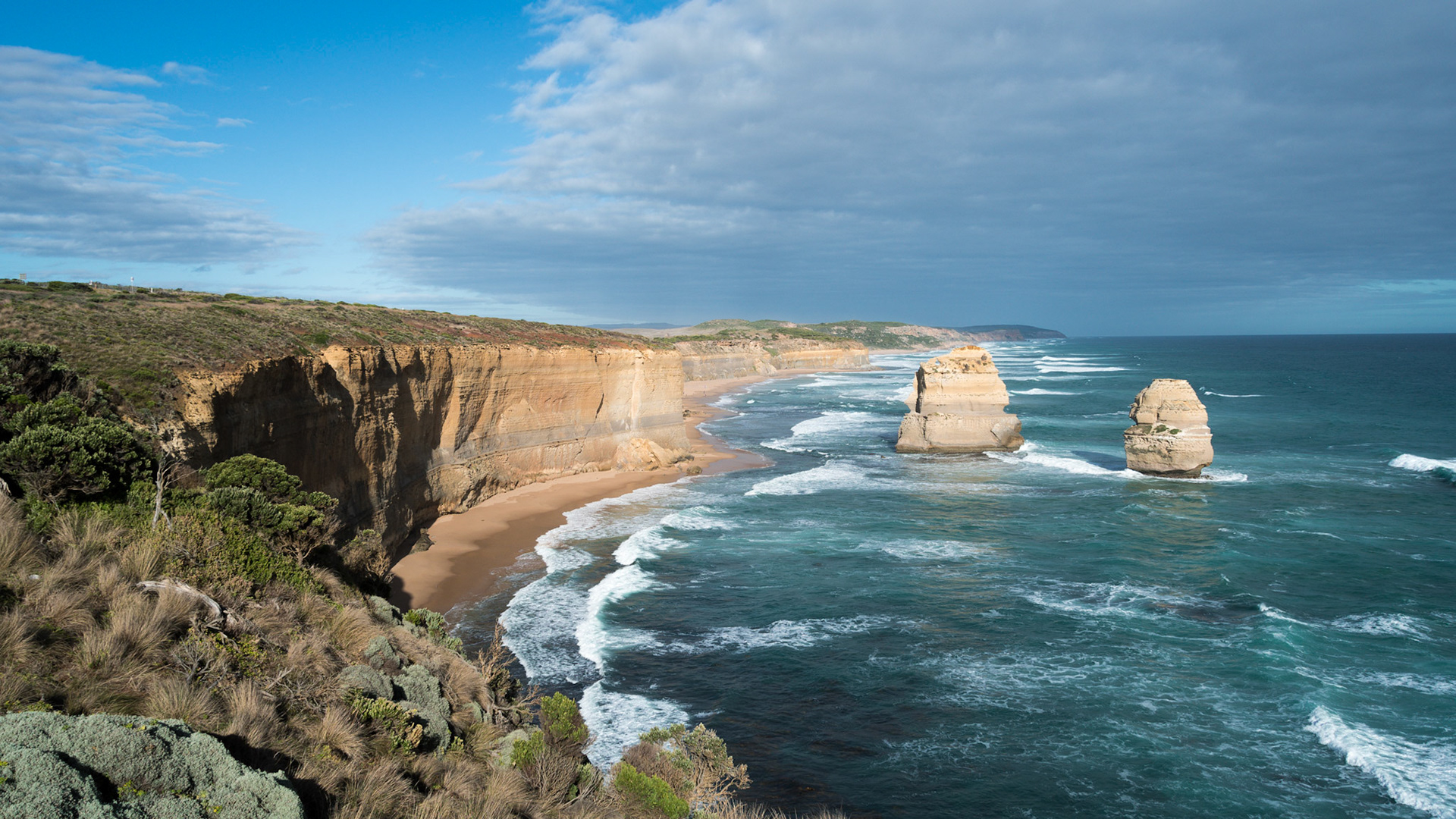
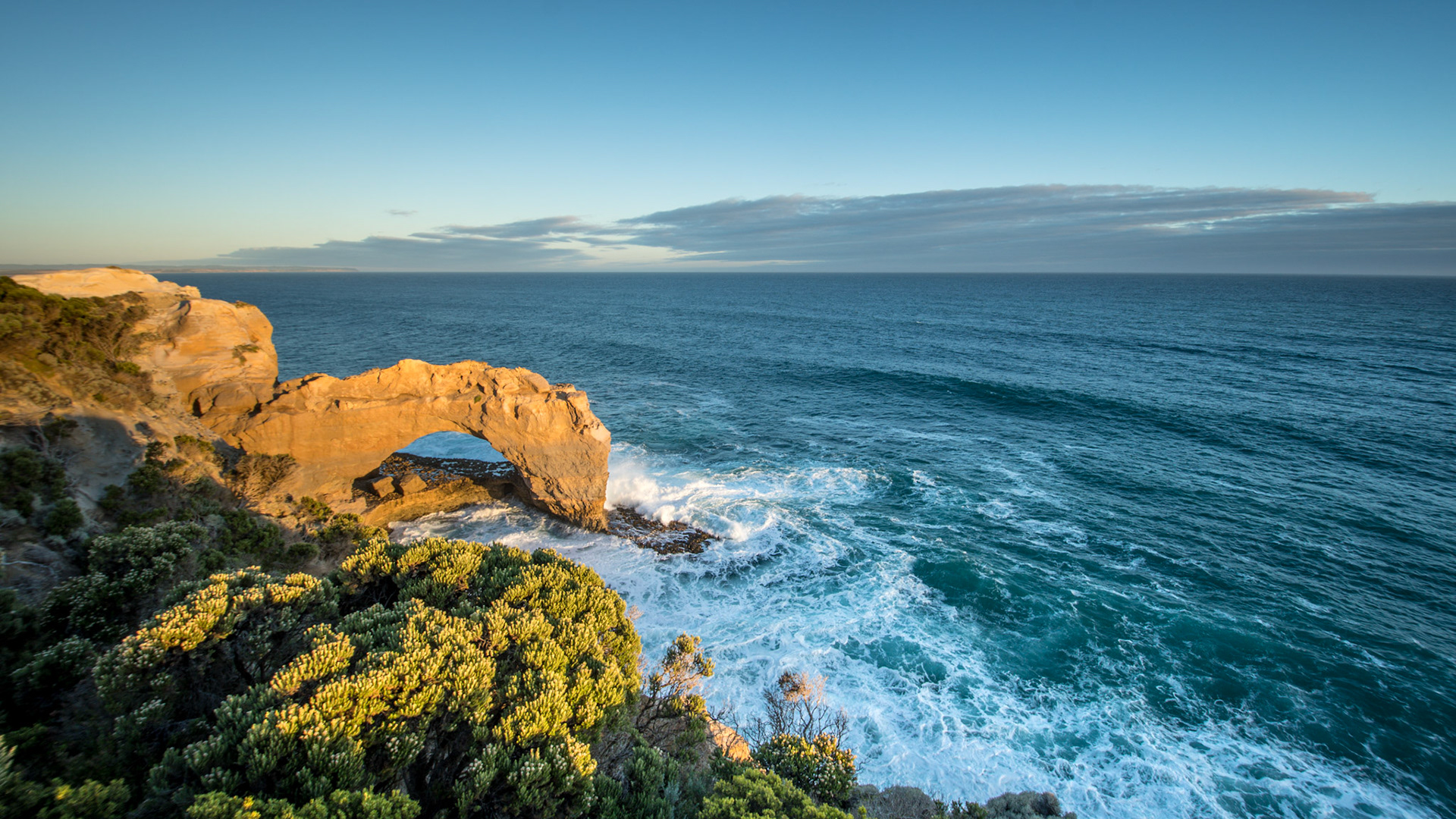

CAIRNS
Cairns is a great starting point to visit two of Australia’s world heritage sites: the Great Barrier Reef and the tropical Daintree Forest.
Arriving in Cairns after a 3 hours morning flight from Sydney, we tried to catch a ferry to spend the rest of the day on one of the neighbouring islands but unfortunately just missed the last departure. As a result we spent the afternoon in Cairns City. This was not as exiting as our first option, although we did have a good time by the public salt pool, the Esplanade Lagoon. Our highlight in Cairns was the excellent seafood platter and cold beer on the popular Prawn Star, a fishing boat converted into restaurant located in the marina.
The next morning we headed back to Cairns airport for a scenic flight over the Great Barrier Reef. Despite the few clouds, we felt very lucky as the weather was much better than what it turned out to be for the rest of the trip in this region. The views were amazing, we even spotted one of the larger ray fish and flew over Green island which we had failed to reach the previous day.
After the flight we started our road trip by heading north towards Mossman Gorge, stopping at some of the many lookouts along the way.
The next objective was cape Tribulation, the only place on earth where two UNESCO world heritage sites meet: the Daintree Rainforest and the Great Barrier Reef. There are quiet a few walking tracks along the way, such as the Marrja Botanical Boardwalk, Dubuji Walk, we also did a walking tour at Cooper Creek Wilderness, which brought us closer to the Australian wildlife.
We went back to Port Douglas in the evening to get ready for a day of snorkelling and diving at the Agincourt and St. Crispin Reef on the Outer Great Barrier Reef. Agincourt Reef is one of the popular choices for a day trip. Located 70km off Port Douglas it took our boat around 90 min to get there. As most of the corals grow near the surface, snorkelling is an ideal way to explore the reefs. We also did two dives, which gave another perspective and made it easier to get closer to some of the fish. Highlights included swimming along with three reef sharks and of course the huge walls of coral formations.
ULURU
Uluru, also known as Ayers Rock, is located in the remote Red Centre of Australia. The region is of great cultural and spiritual significance to the local aboriginal tribes, some of which still live in the area and share their traditional beliefs and ancient stories with visitors.
Uluru's remote location (three hours flight from Cairns) means that many Australians we met during our trip never visited this natural symbol of Australia. The price of accommodations, flights and food definitely has something to do with it.
The national park is also home to the 36 red-rock domes of Kata Tjuta, also known as the Olgas. Further north, about three hours by car, Kings Canyon and Watarraka National Park are also popular destinations. Given our short stay, 48h only, we decided to skip Kings Canyon and focus on Uluru and Kata Tjuta only.
After picking up the rental car from the airport, we drove to Kata-Tjuta to start our Outback journey with a hike between the domes: the Valley of the Winds Walk. Temperatures can be extreme after noon during summer months and the second part of the path was closed at the moment of our visit. This was probably for the best as another recommended hike in this area is the Walpa Gorge Walk, a stunning short walk that serves as a refuge for plants and animals. Indeed, the shadow and the light wind that pass through the gorge were a real relief during that hot day!
We woke up early the next day to catch the famous Uluru sunrise. Watching the sunrise and sunset over this amazing landscape is an awe-inspiring experience and is a must-do.
The park offers many activities to learn about the local Anangu culture and the natural environment that surrounds the site. We joined the free ranger guided Mala Walk in the morning and visited the Uluru-Kata Tjuta Aboriginal Cultural Centre later on. Many stories and legends explain how this huge sandstone rock formation that rises out 348m from the plain with a circumference of 9.4km came to be. The rock’s caves, cliffs and fissures contain countless carvings that tell the story of how the ancestors of the aboriginal people created Uluru at the beginning of time.
As night falls, 50,000 solar-powered stems light up the desert. Bruce Munro's internationally acclaimed art installation, Field of Light, was an intriguing experience.
MELBOURNE
Close to Melbourne, the Great Ocean Road is one of the world’s most scenic coastal drives. We spent three days days exploring parts of this 243 kilometres memorial. The road was built by soldiers returning from World War I and is dedicated to those who were killed during the war.
The Great Ocean Road begins at the surf town of Torquay, home of Australian surfing and birthplace of the famous Australian surf brands, Quiksilver and Rip Curl. We visited quite a few interesting spots on our way to Apollo Bay: saw the kangaroos in the golf club of Anglesea, climbed up the Split Point Lighthouse and, discovered Erskine Falls and arrived in time to catch the sunset at Teddy’s lookout in Lorne.
The next day, we headed towards the famous Twelve Apostles, which despite its name is a collection of eight limestone formations (previously nine) that are up to 50 metres high. The main spots in the area were very crowded, but we managed to find some quieter ones that were just as enjoyable.
The third day was spent coming back to Melbourne where we spent the last few days of our Australian vacation. Melbourne is well know for its coffee lanes and graffitis. We also found this city to have more of an Asian influence than the other parts of Australia we visited.